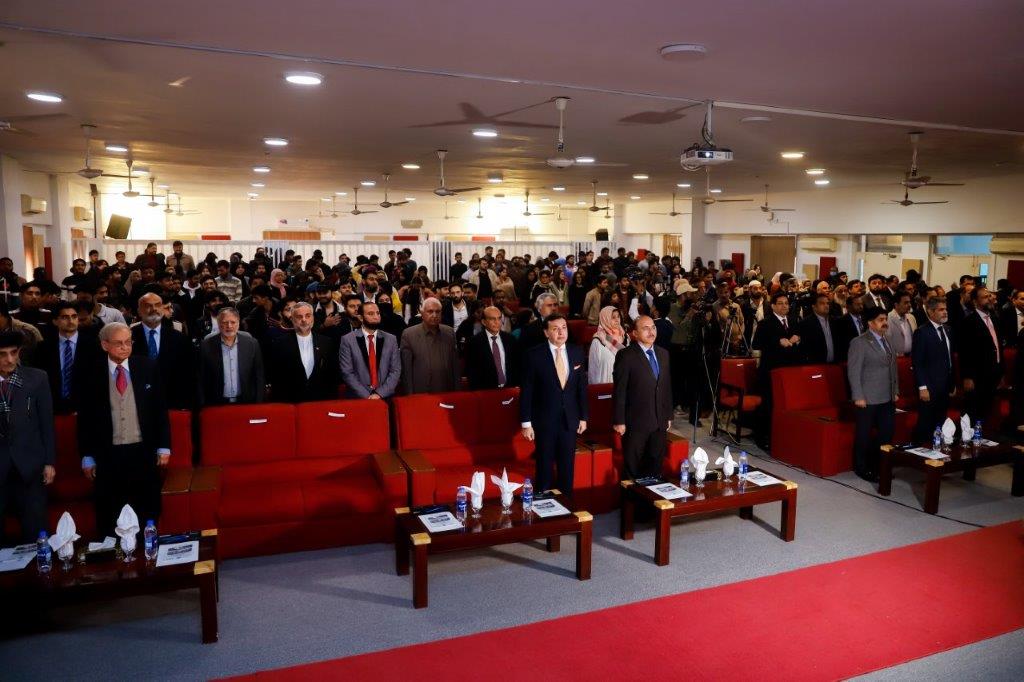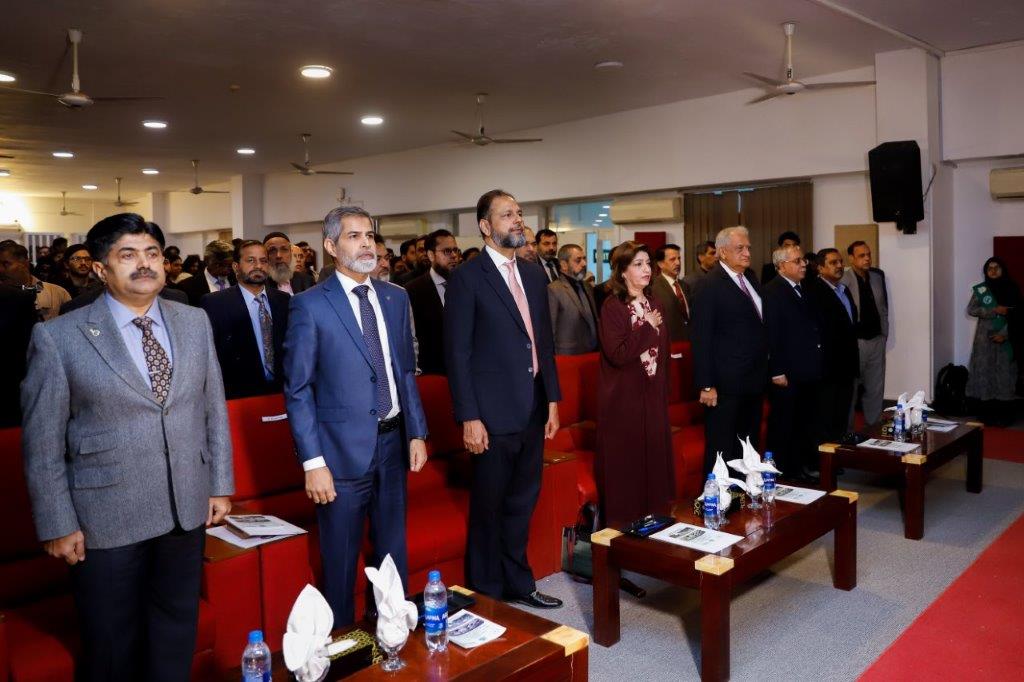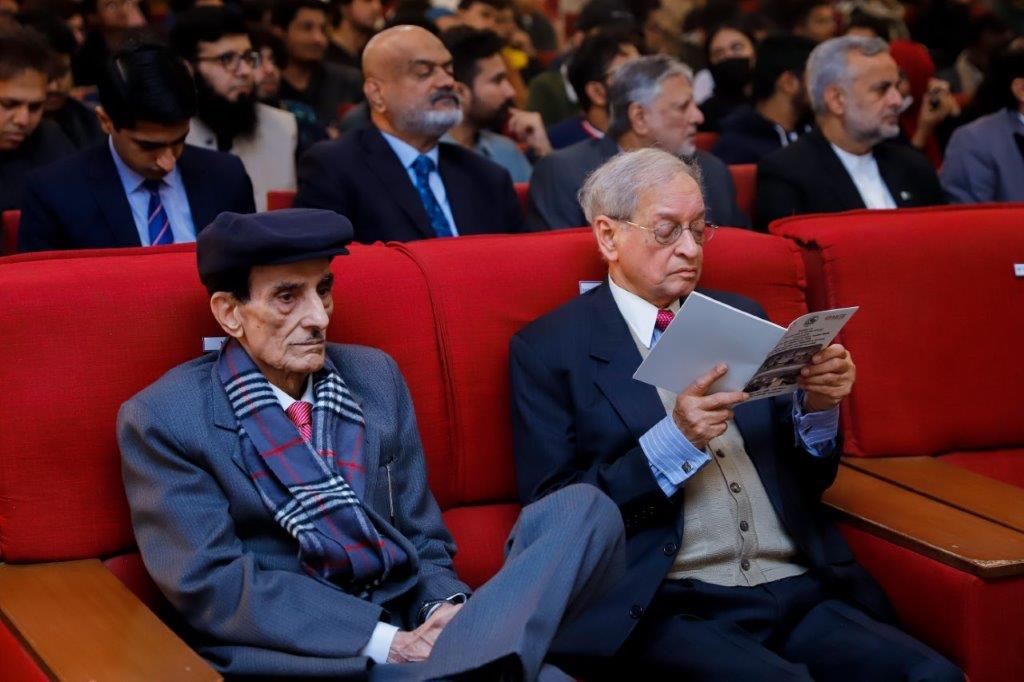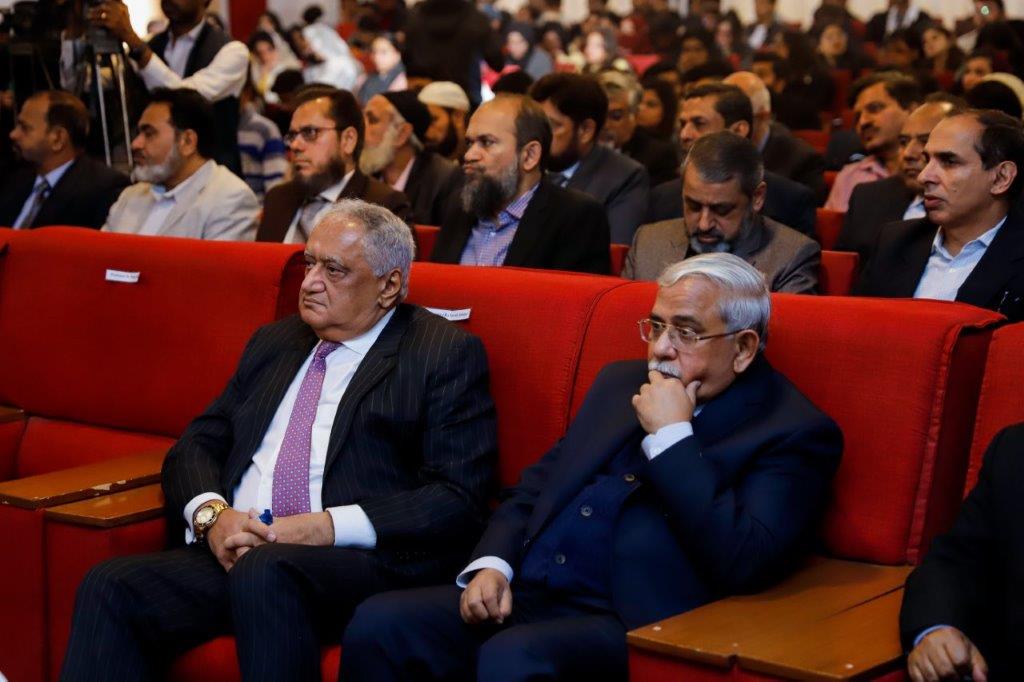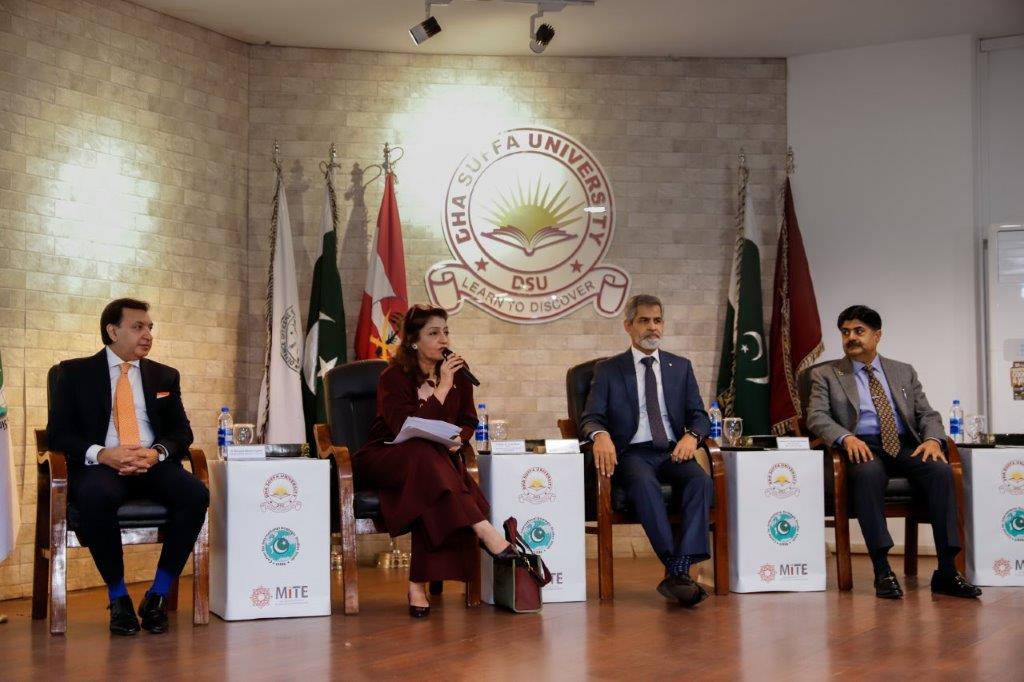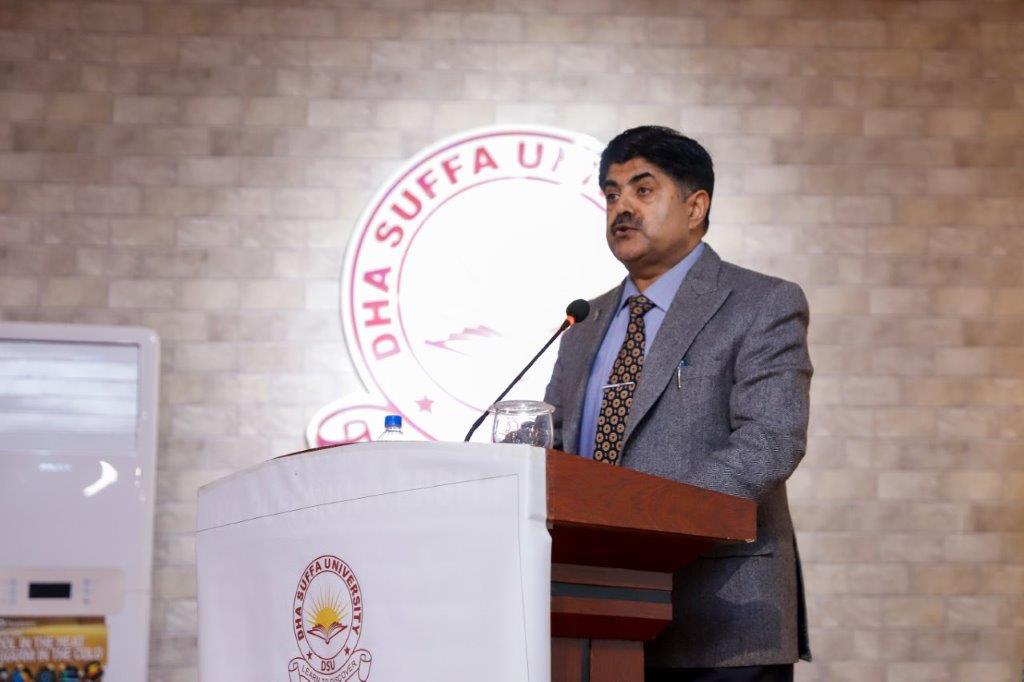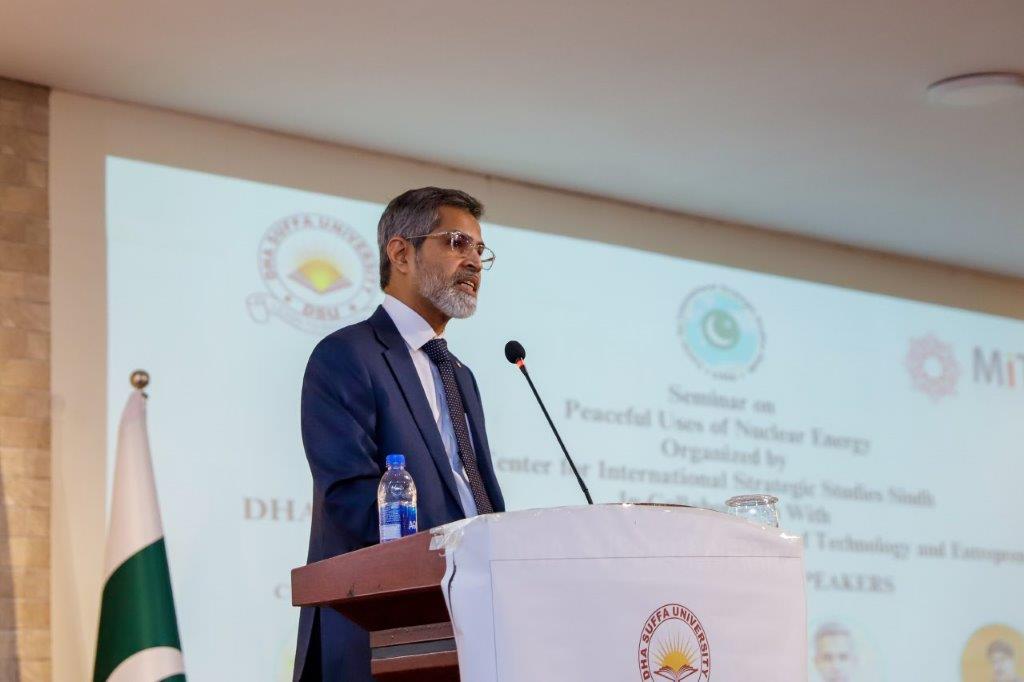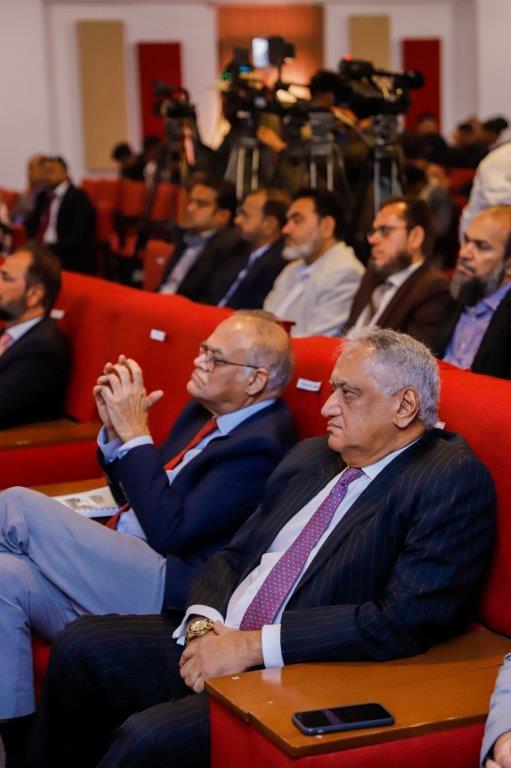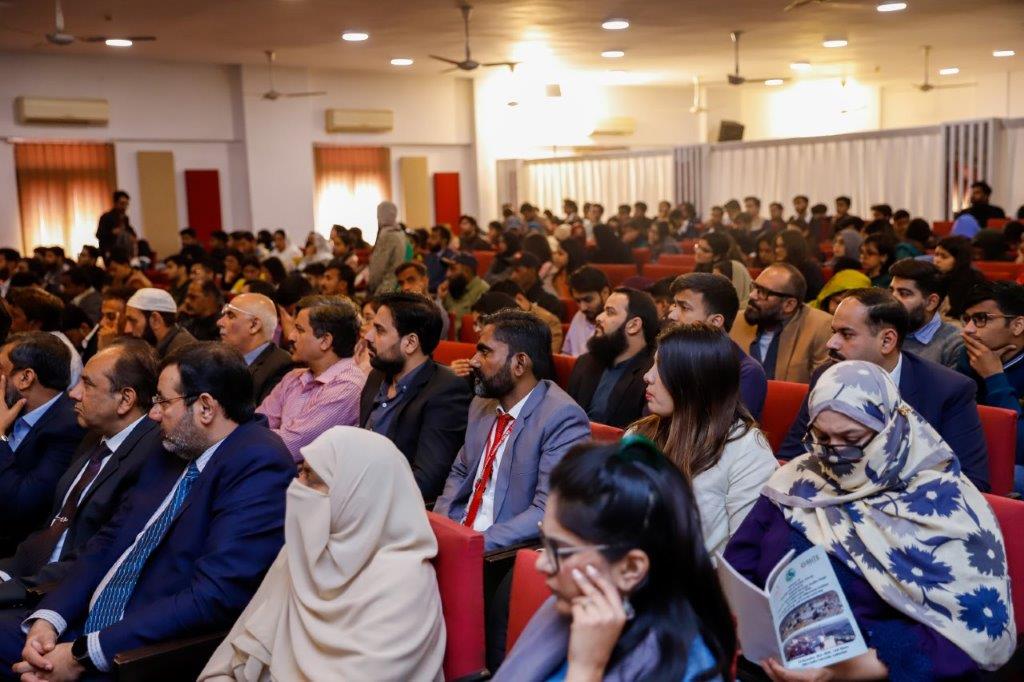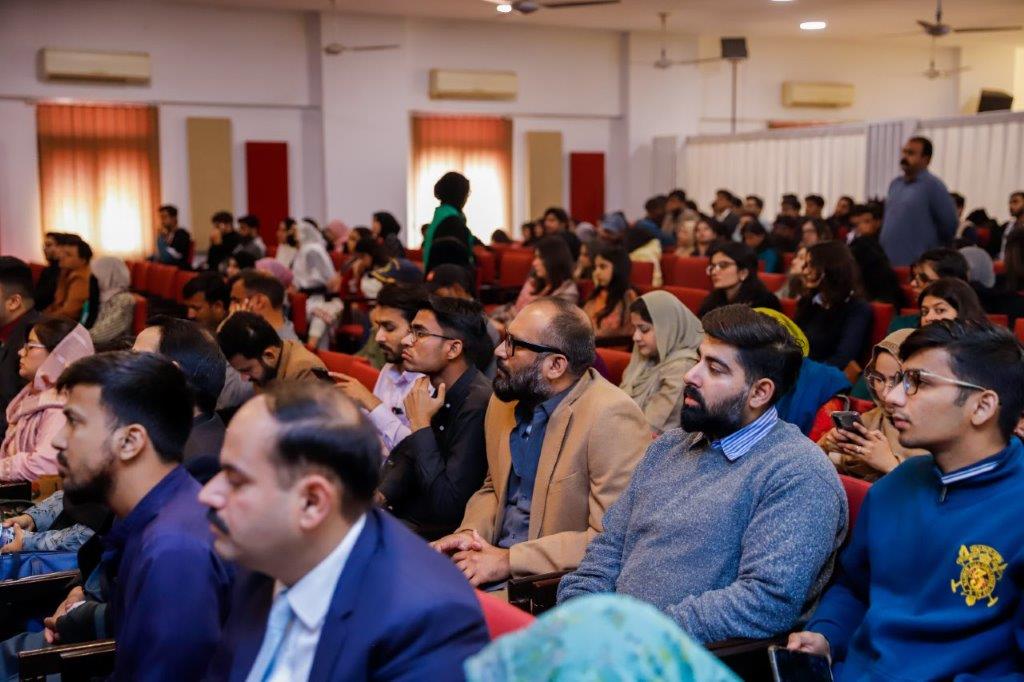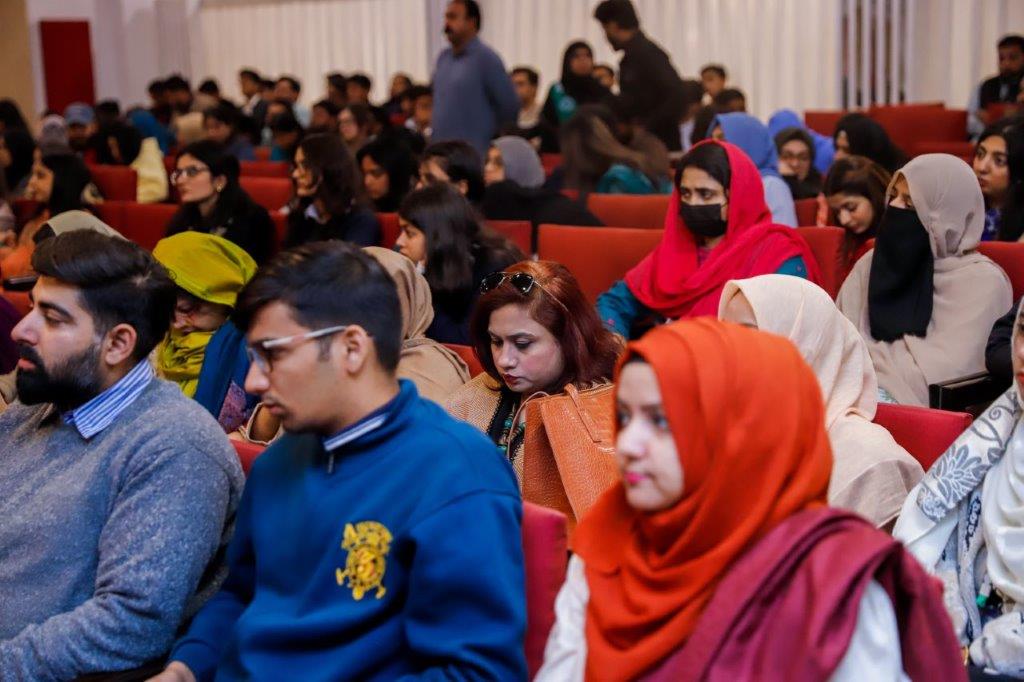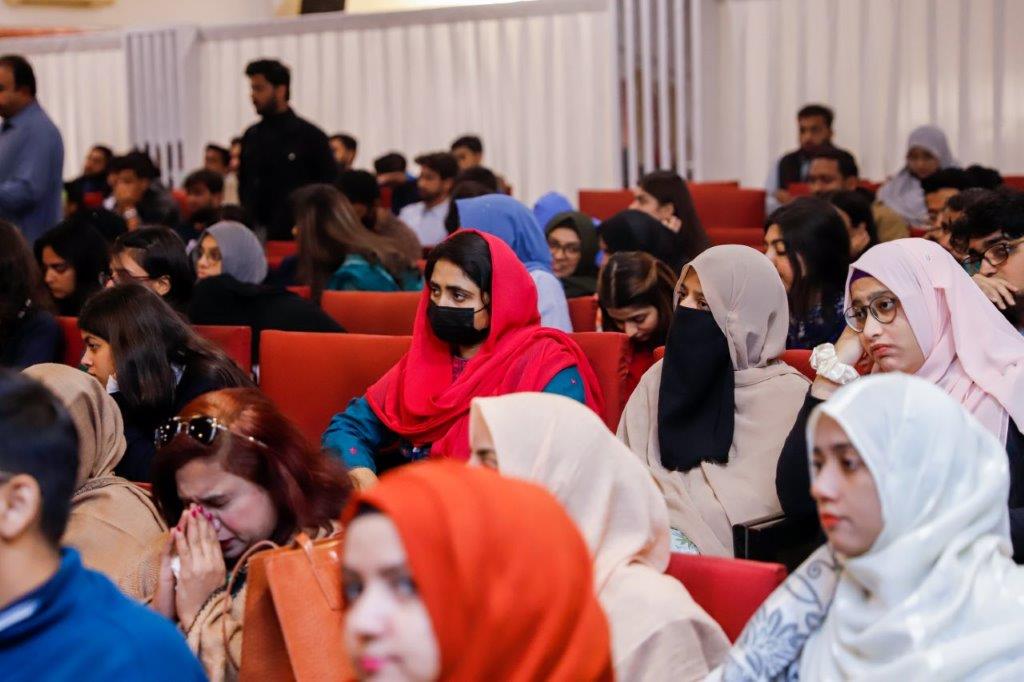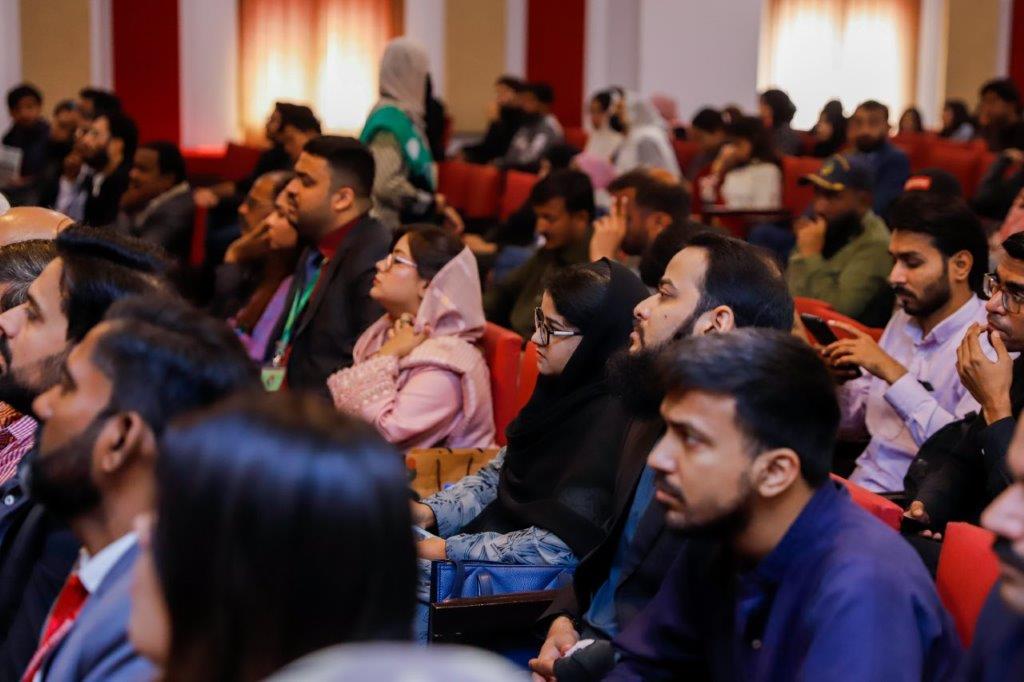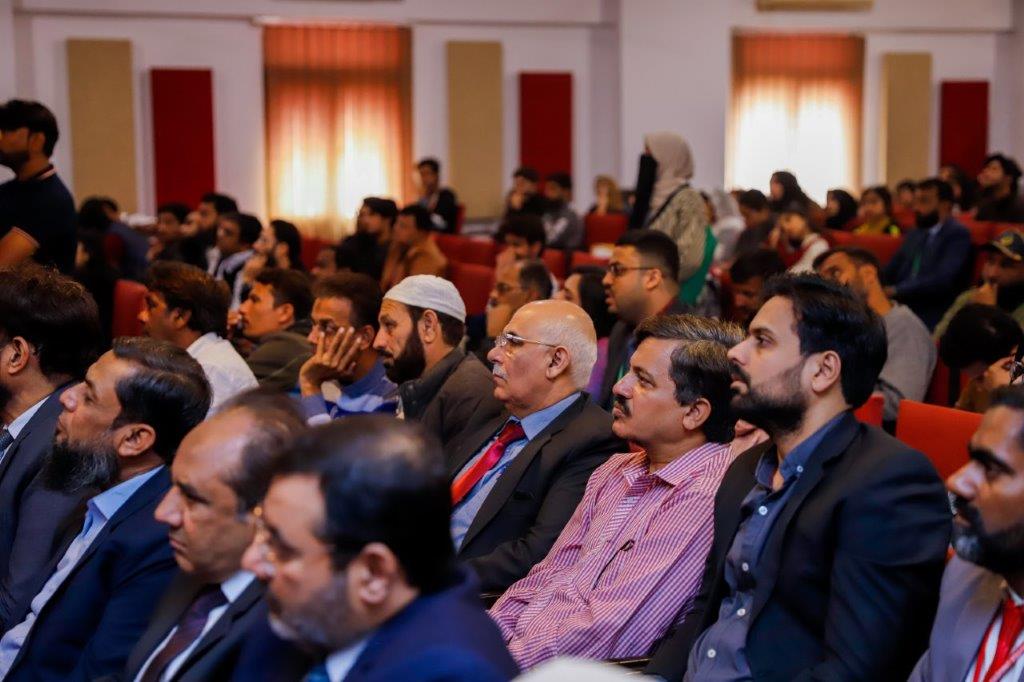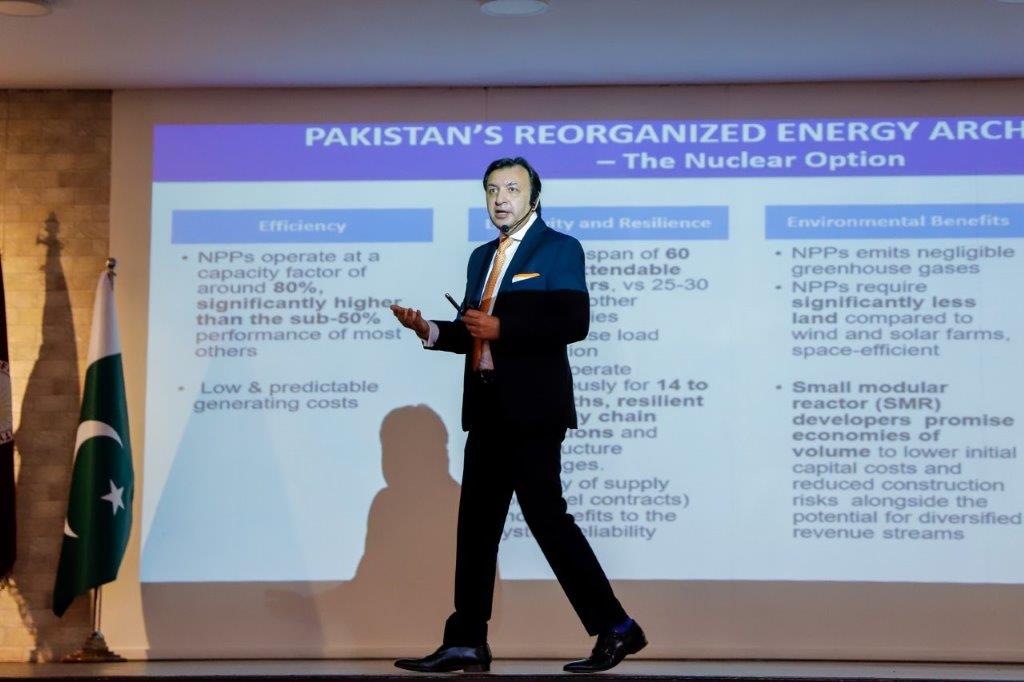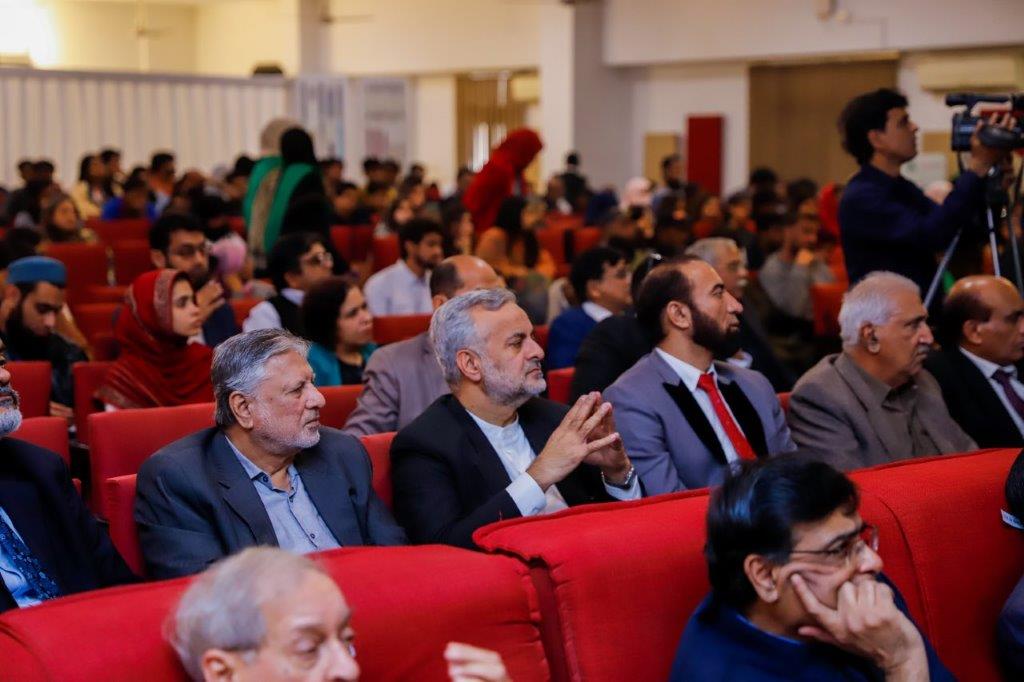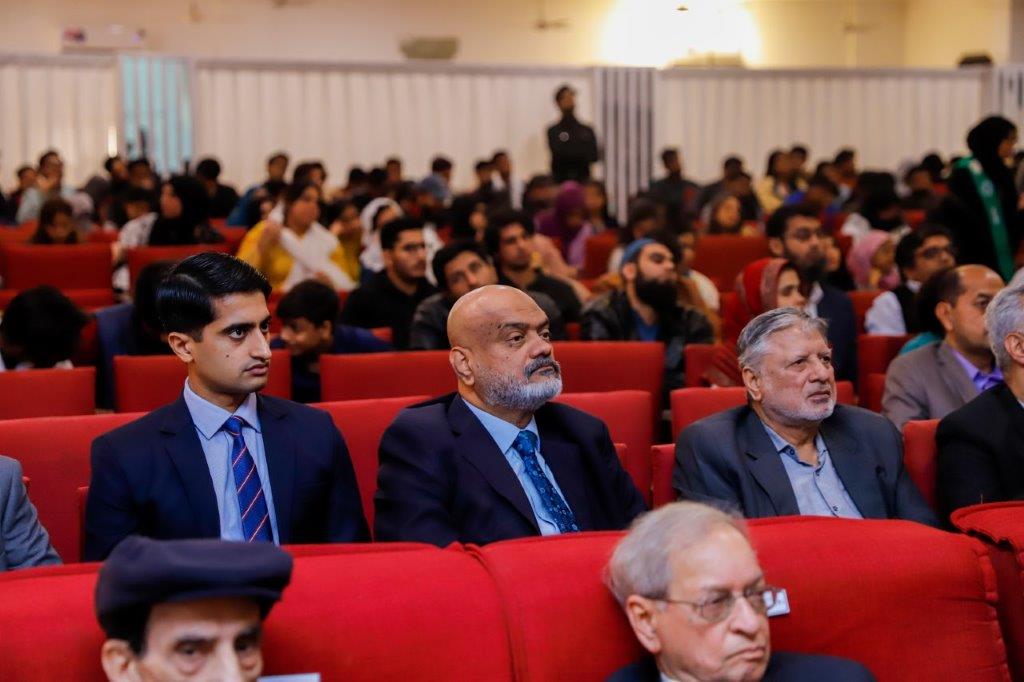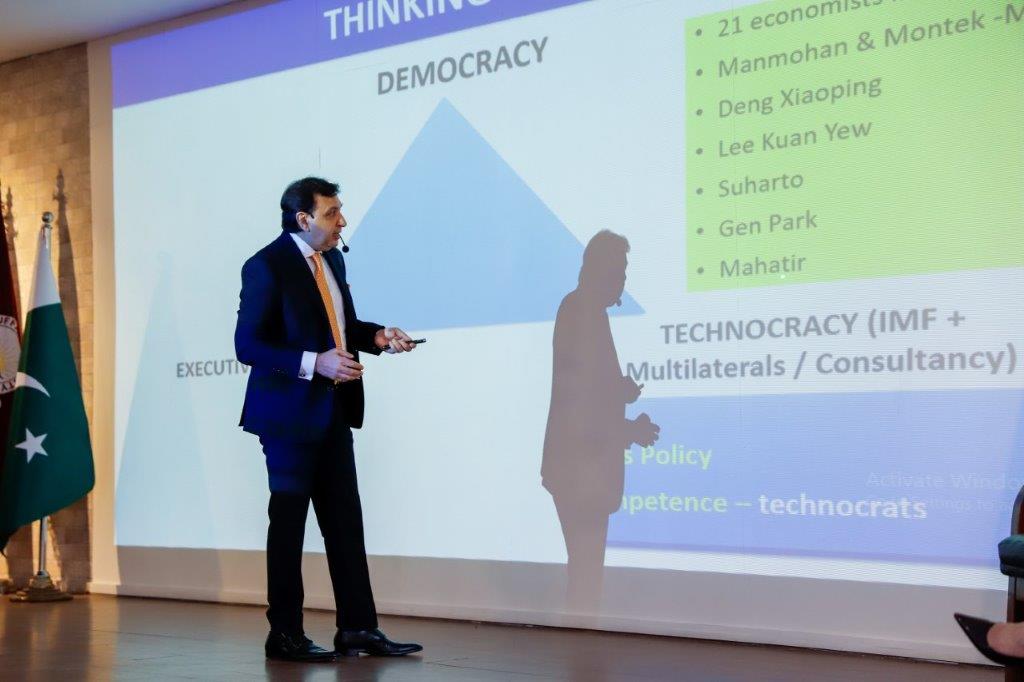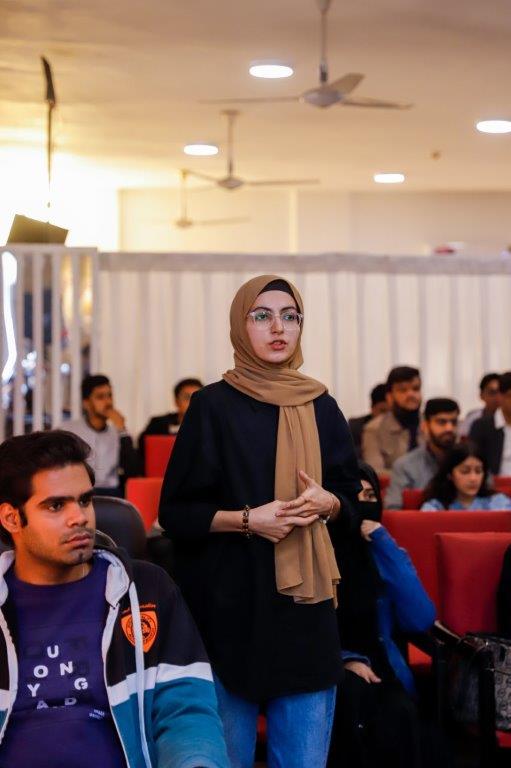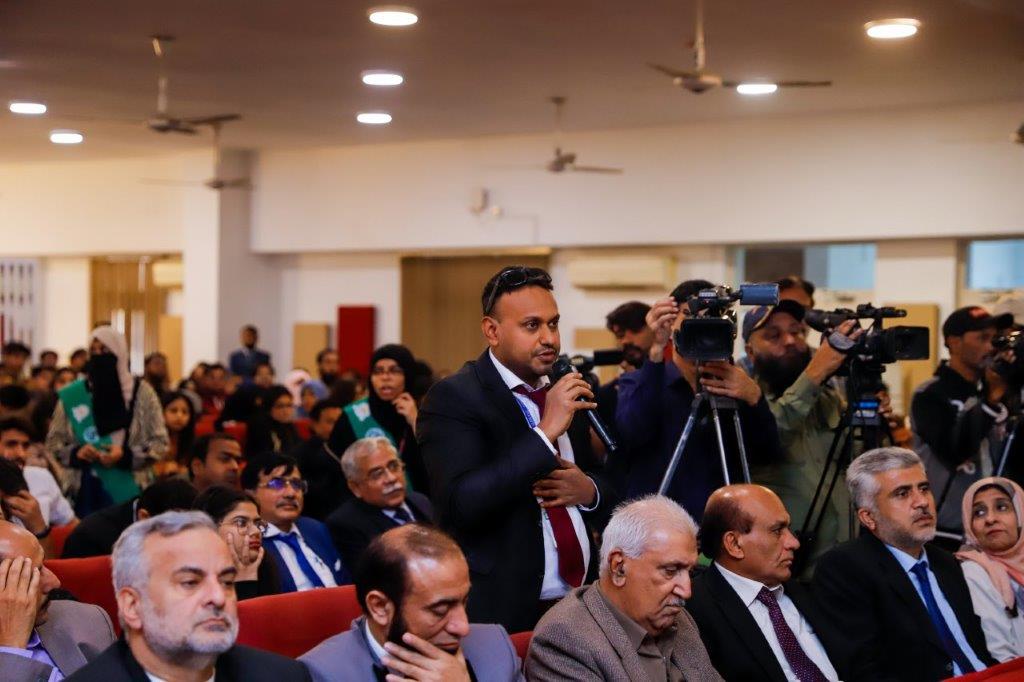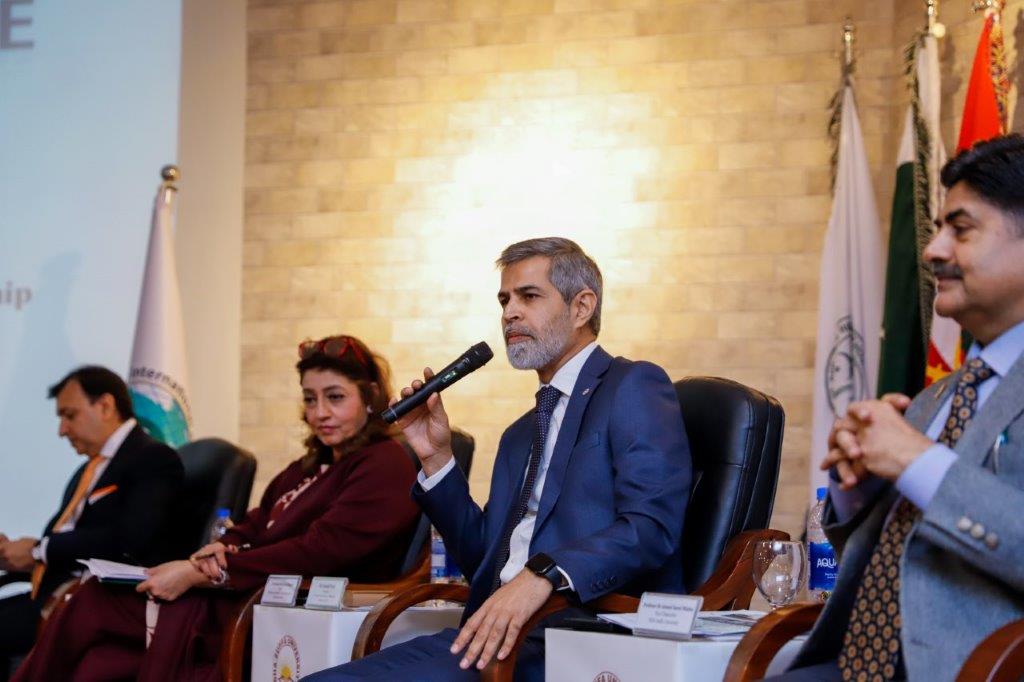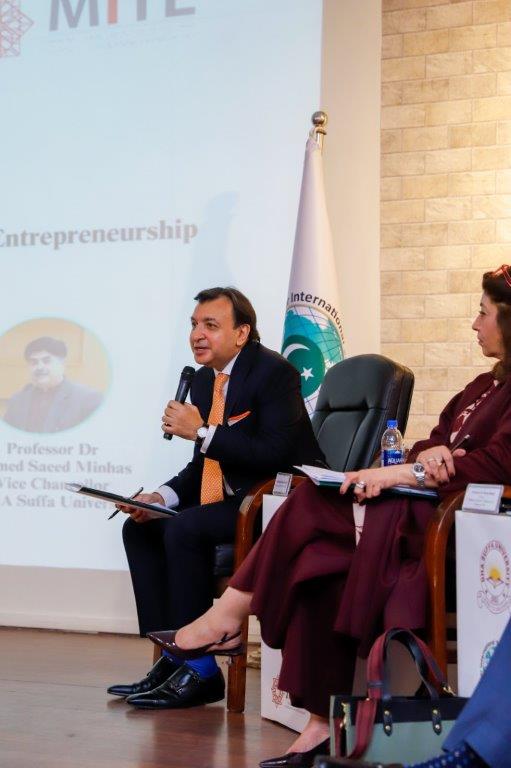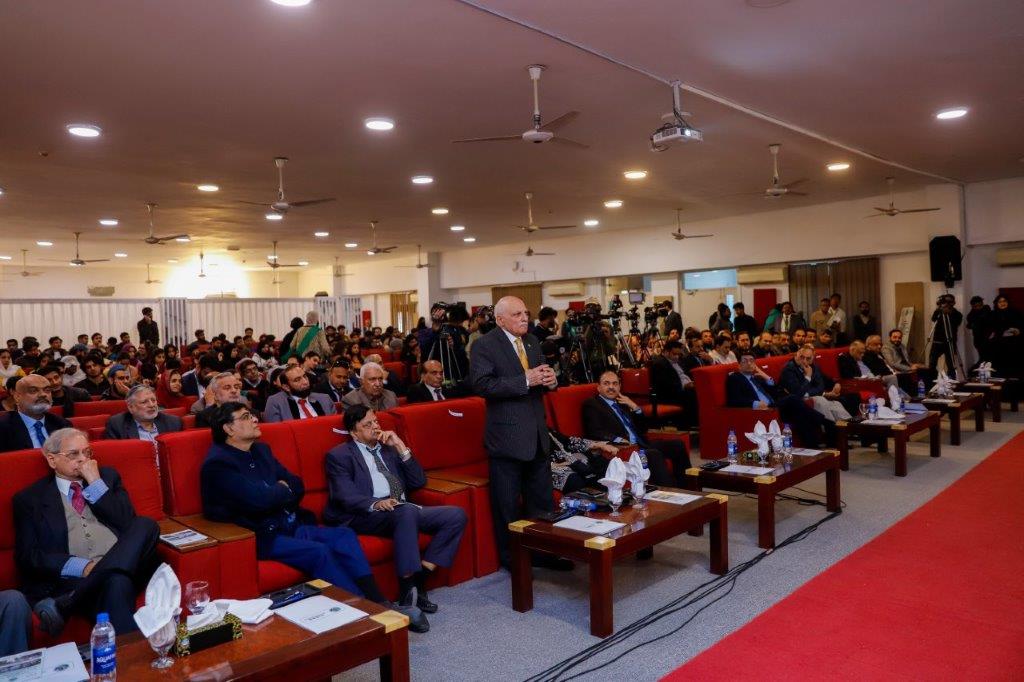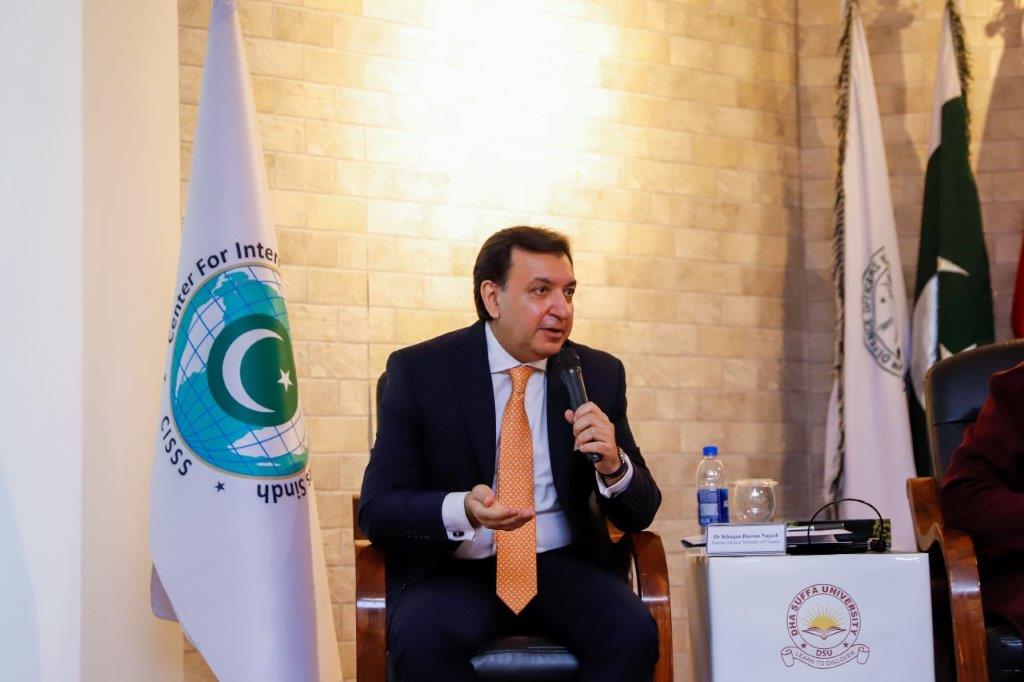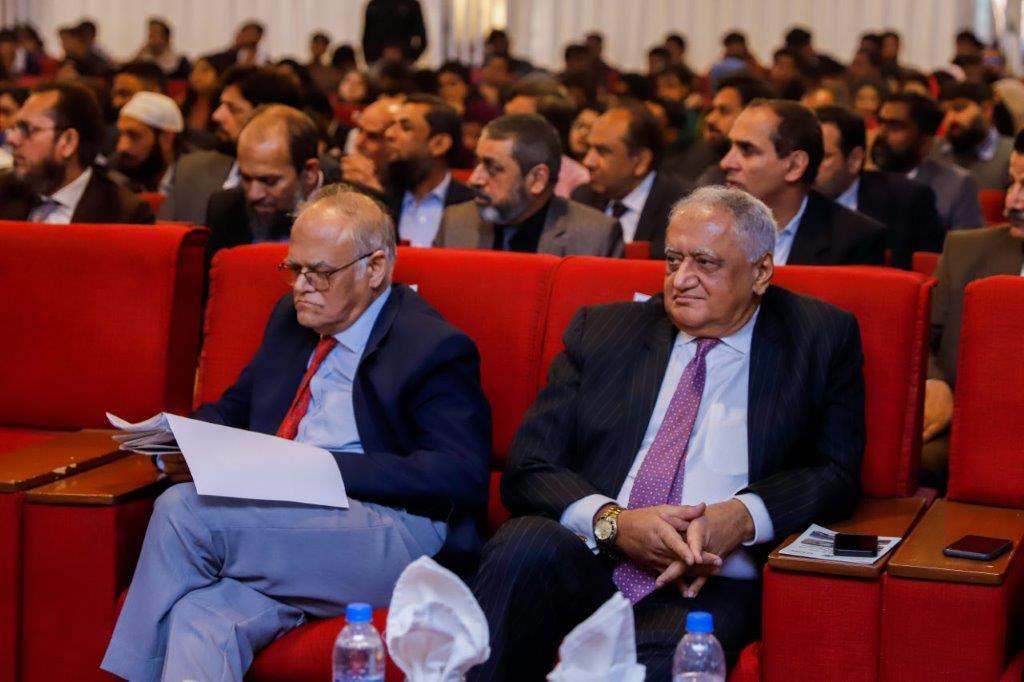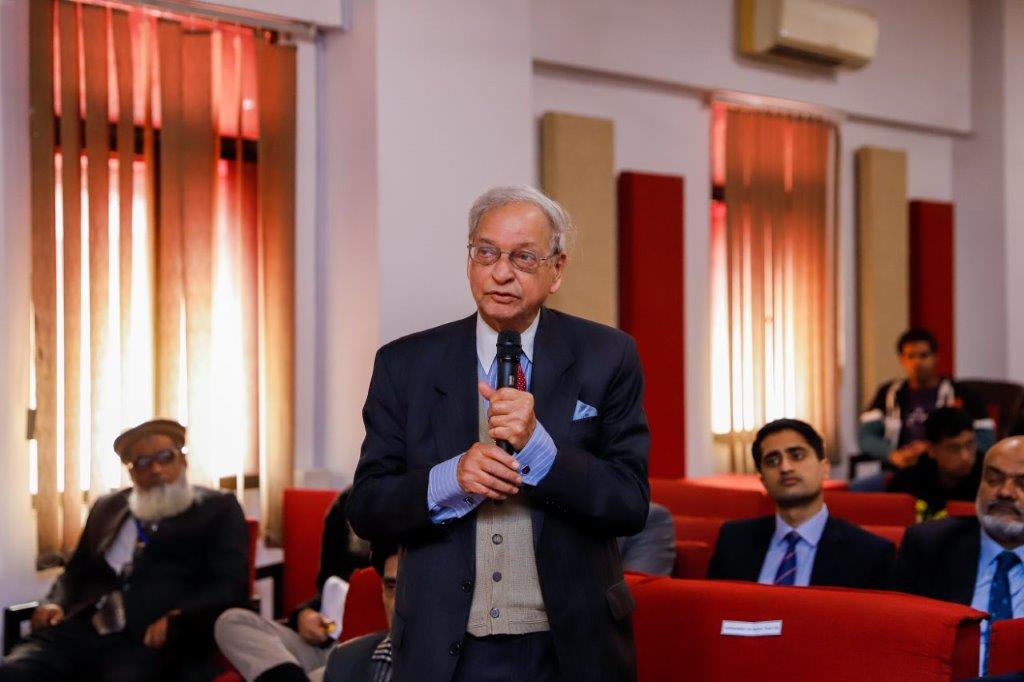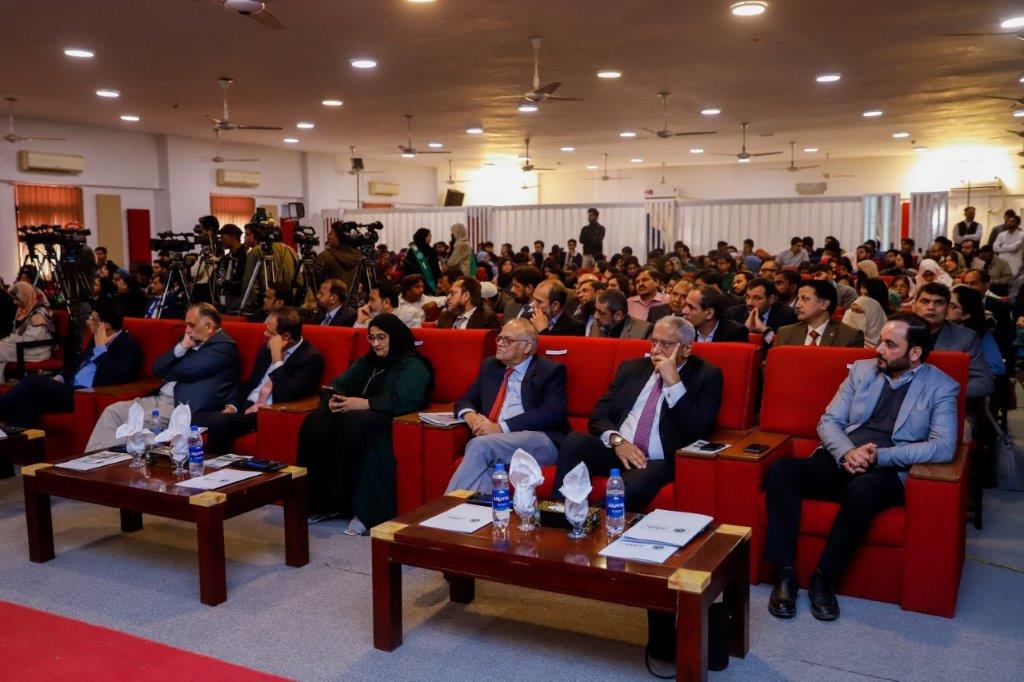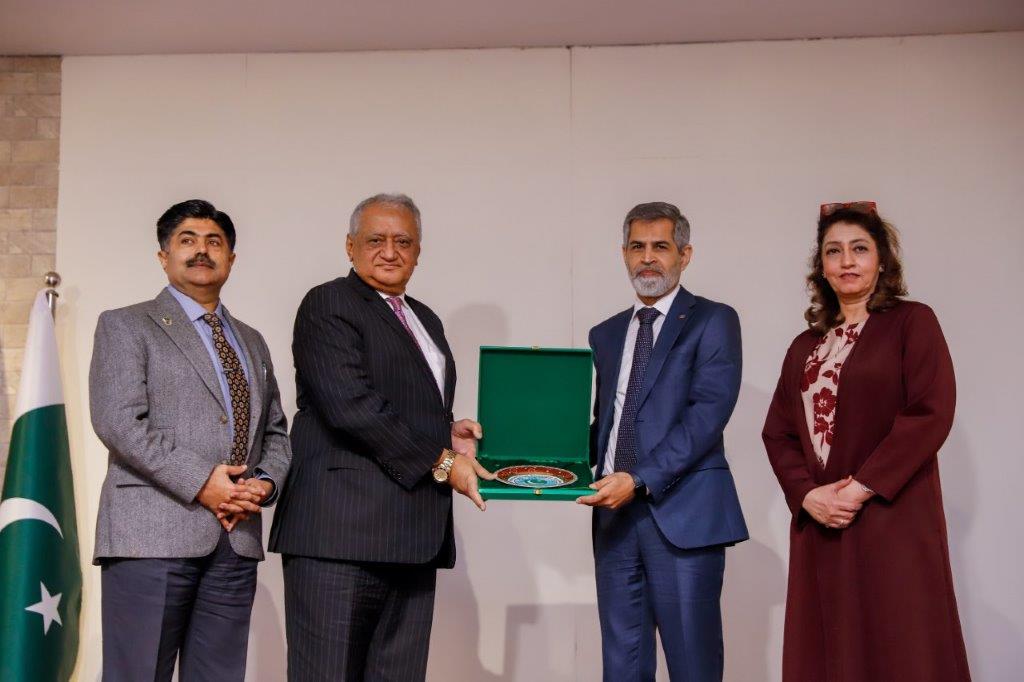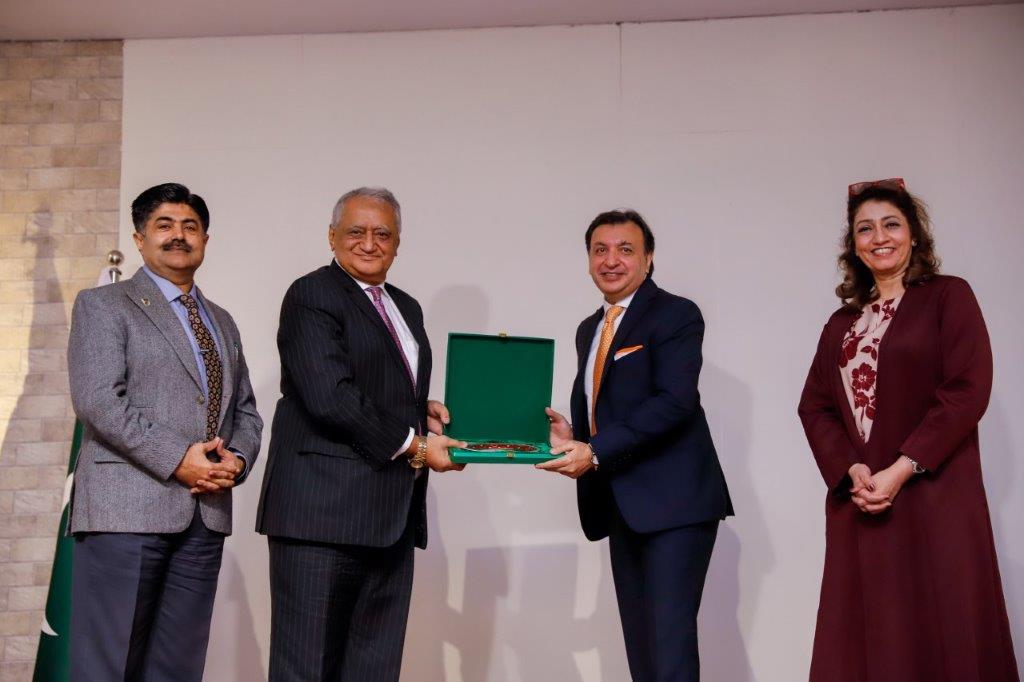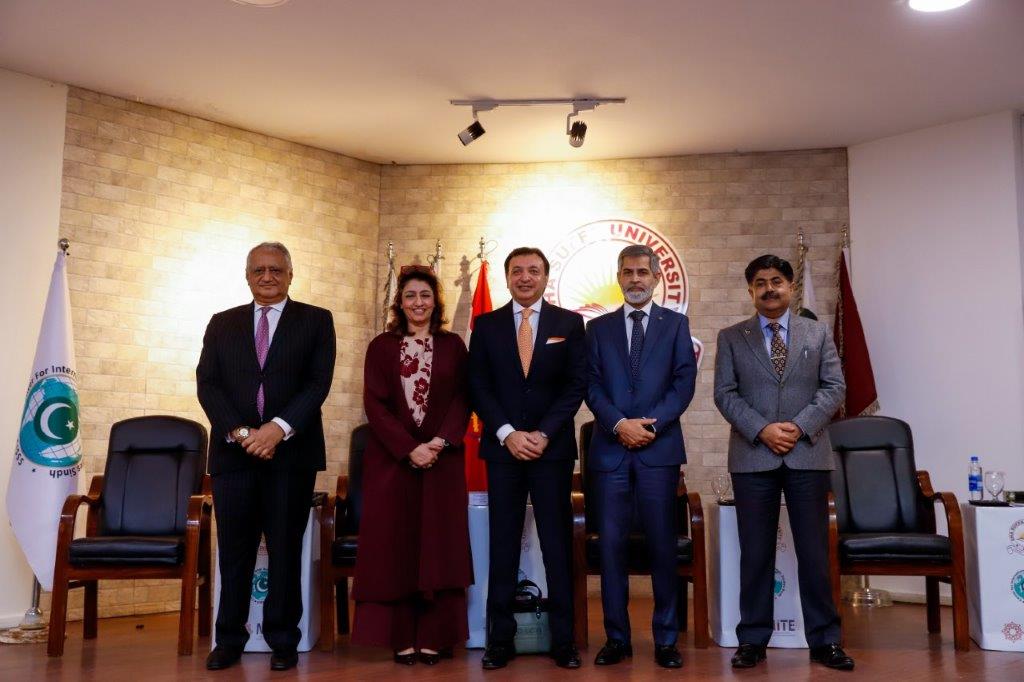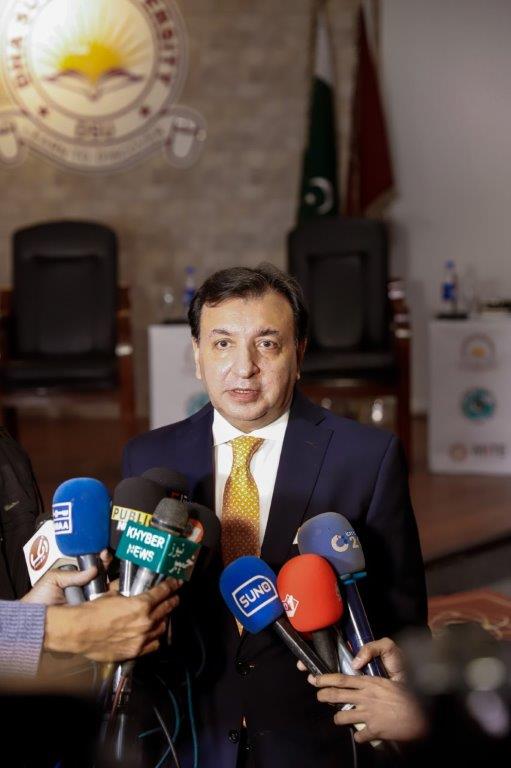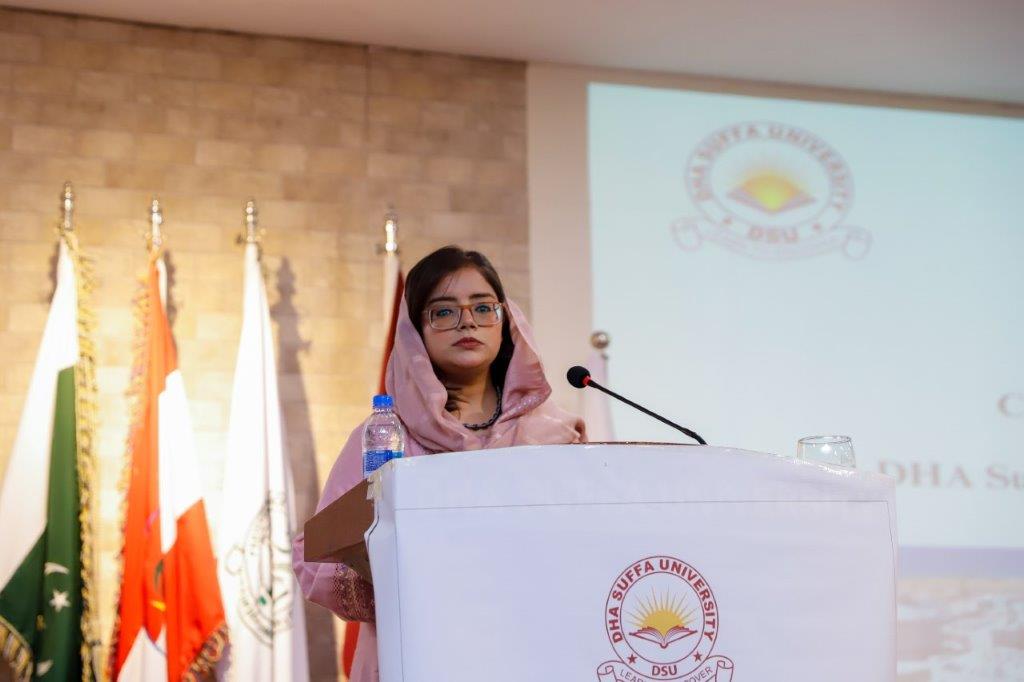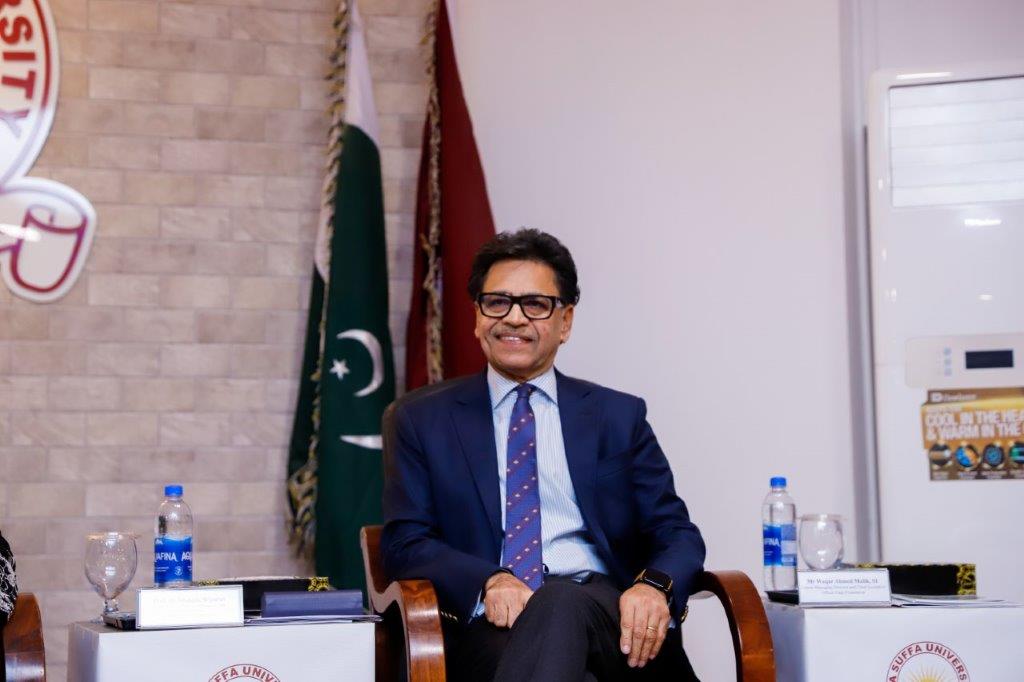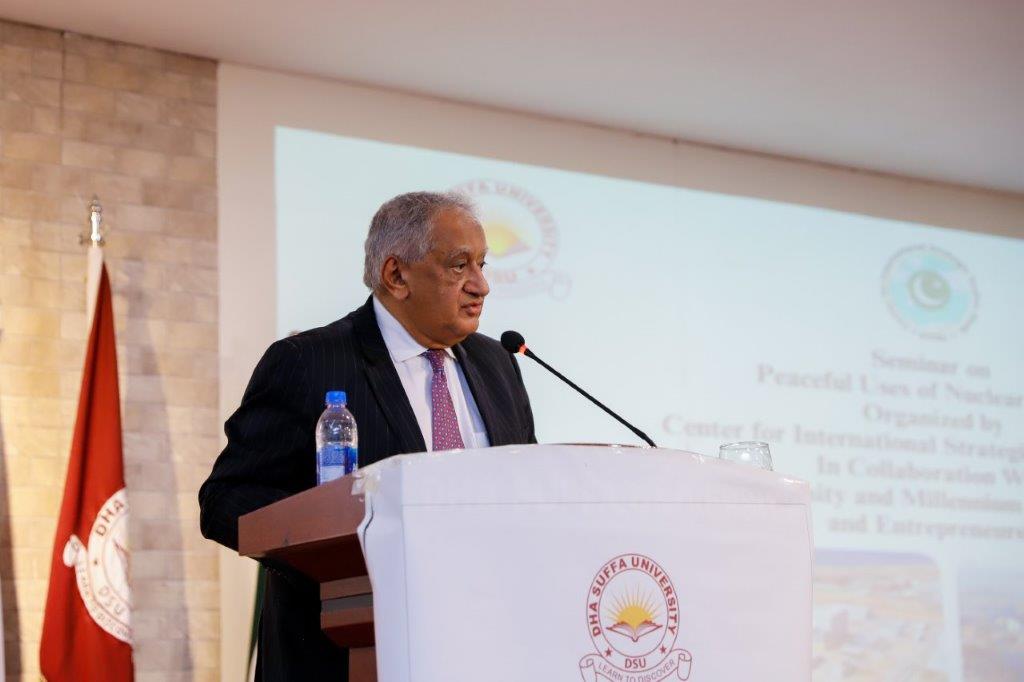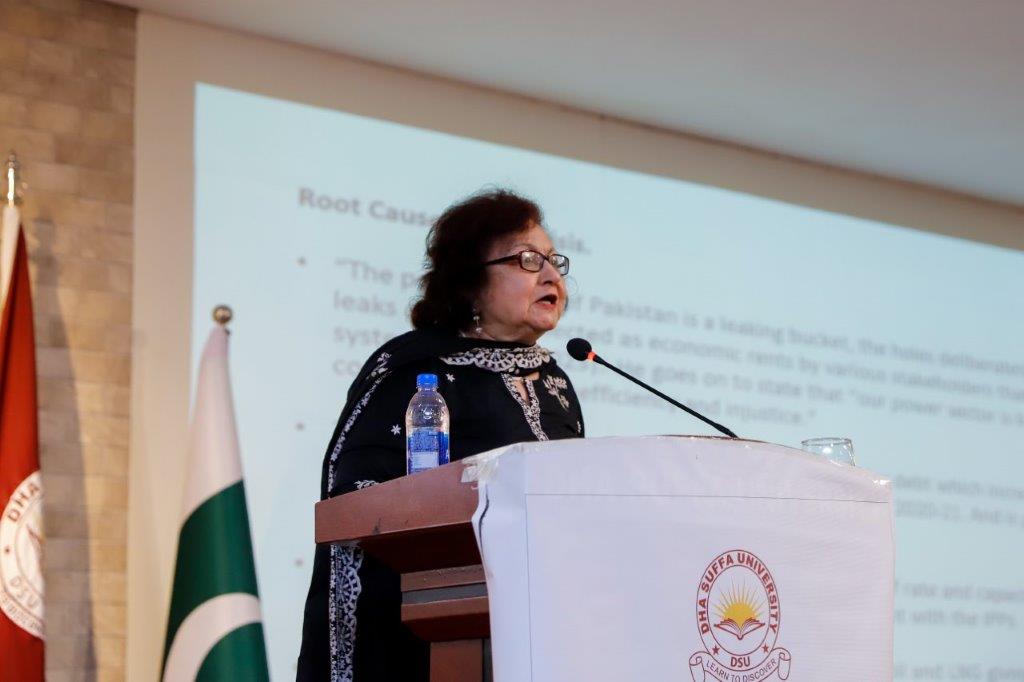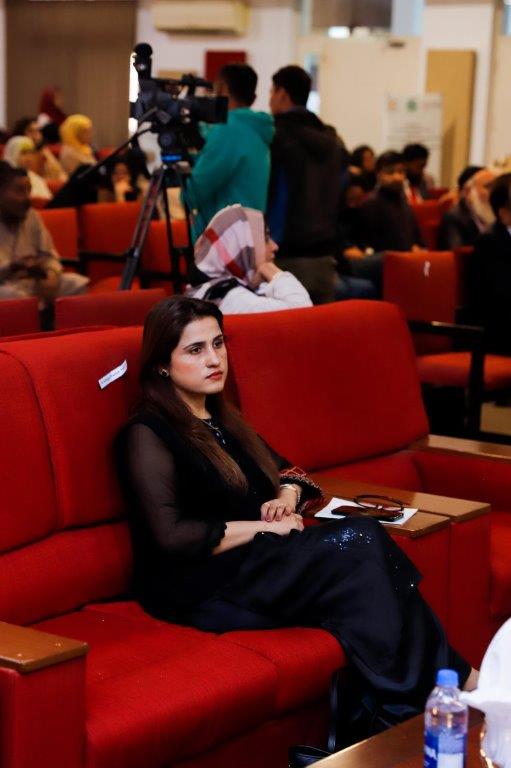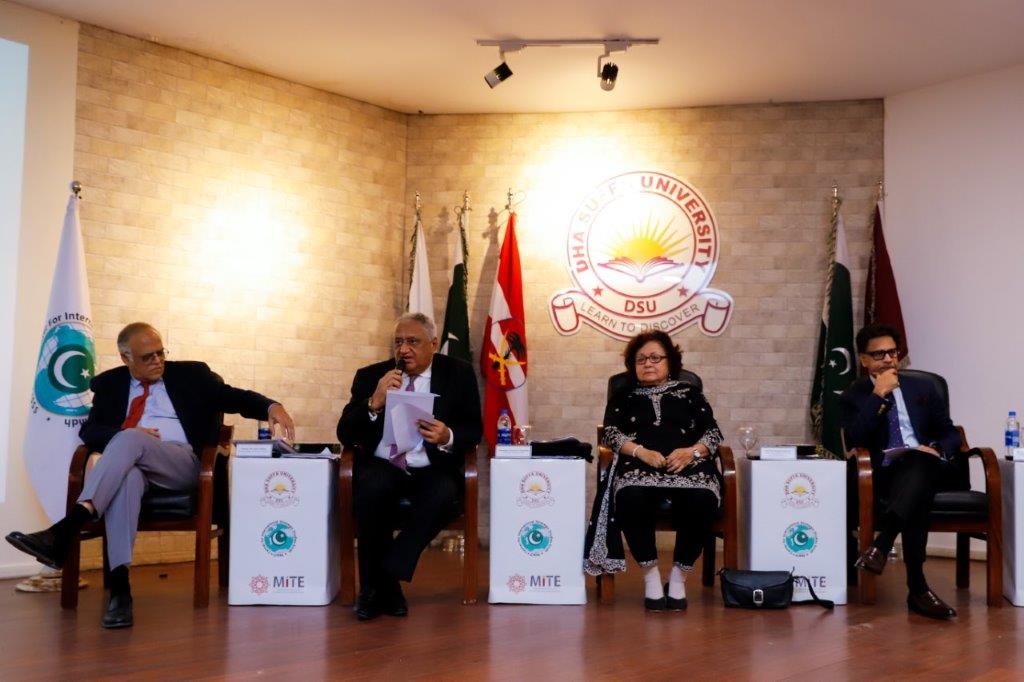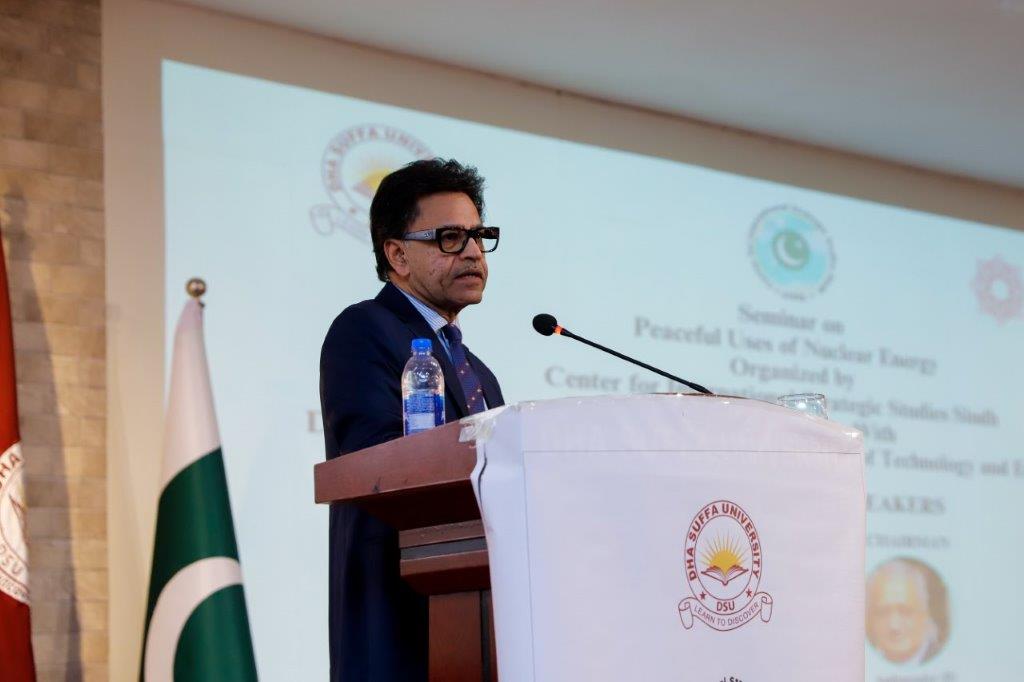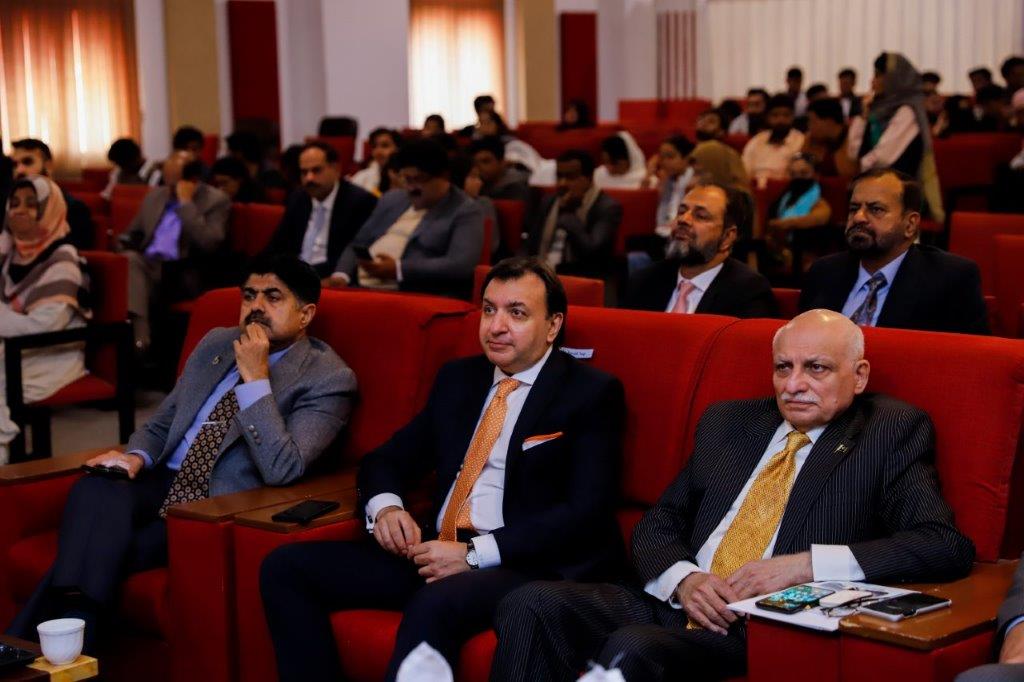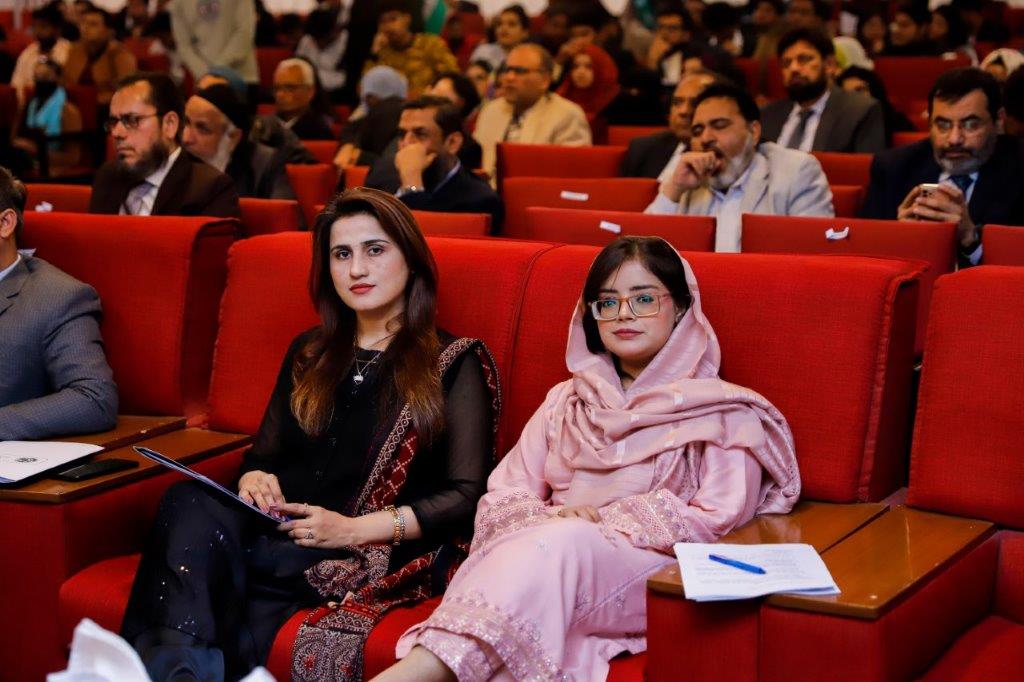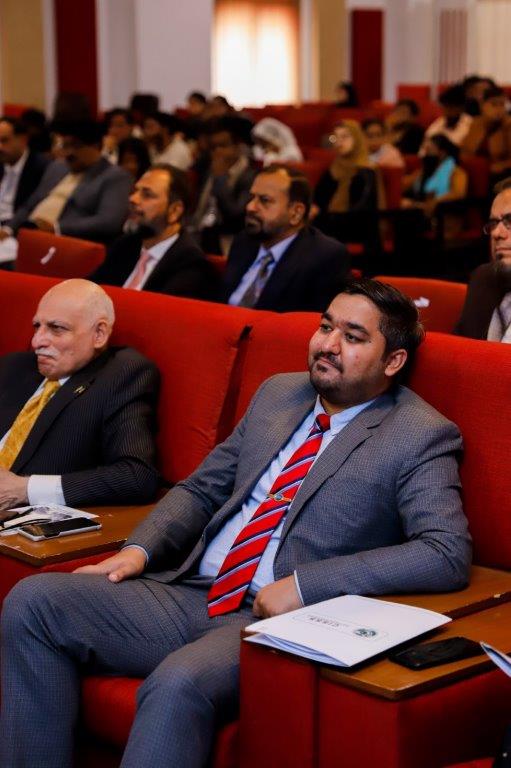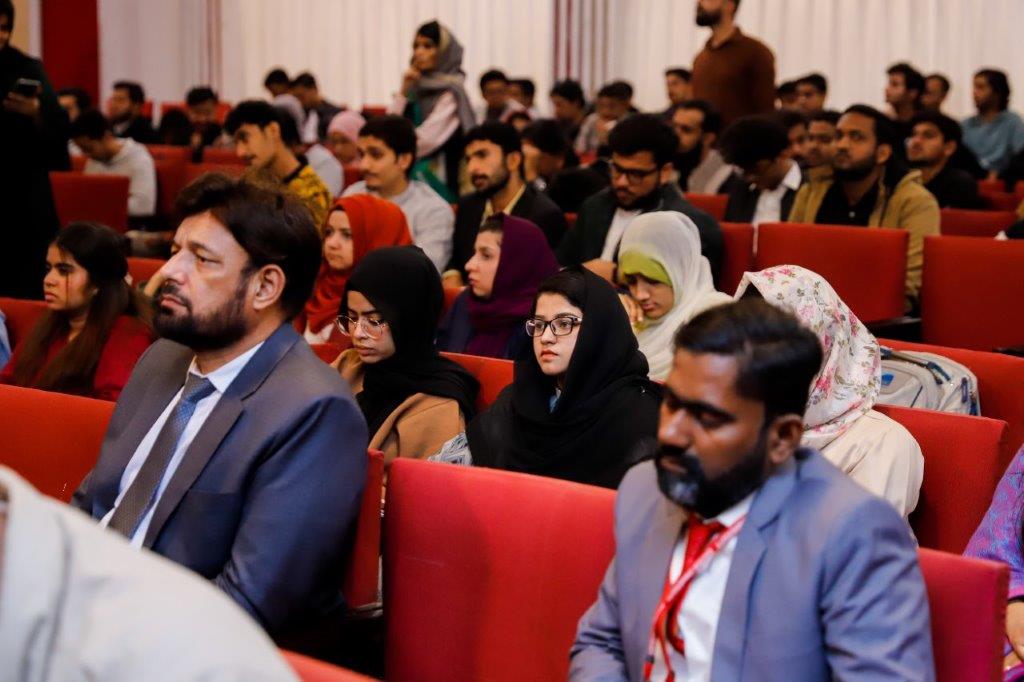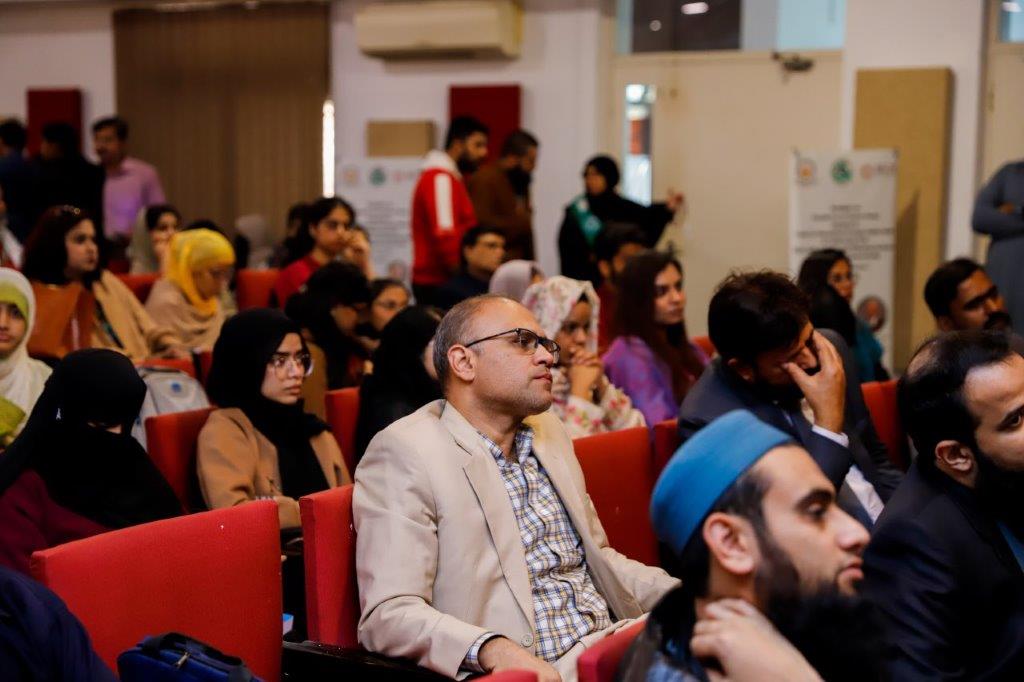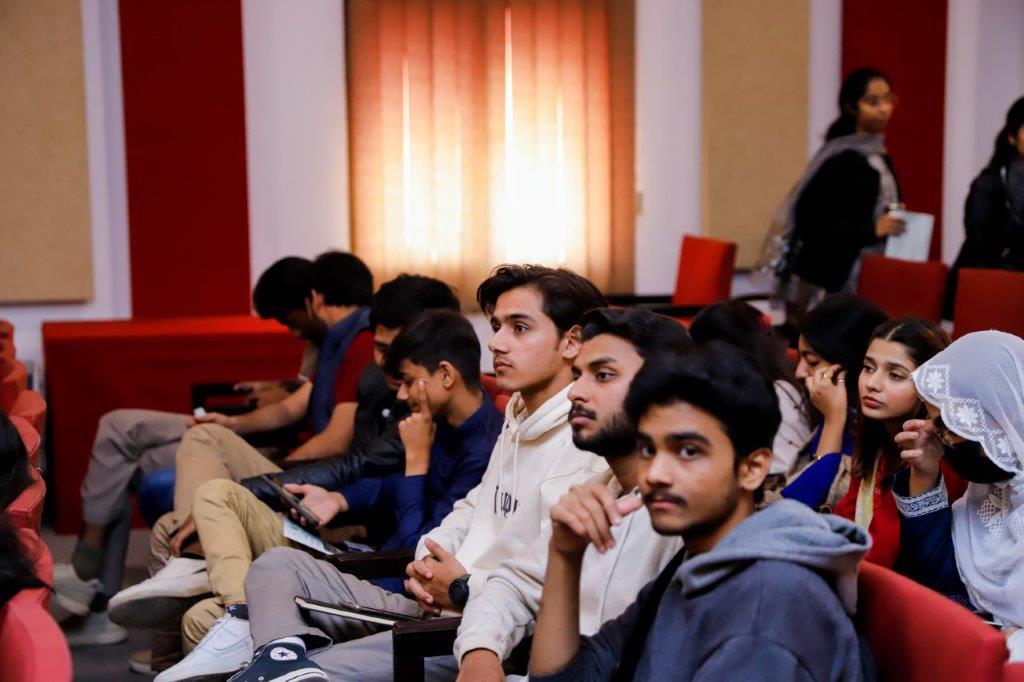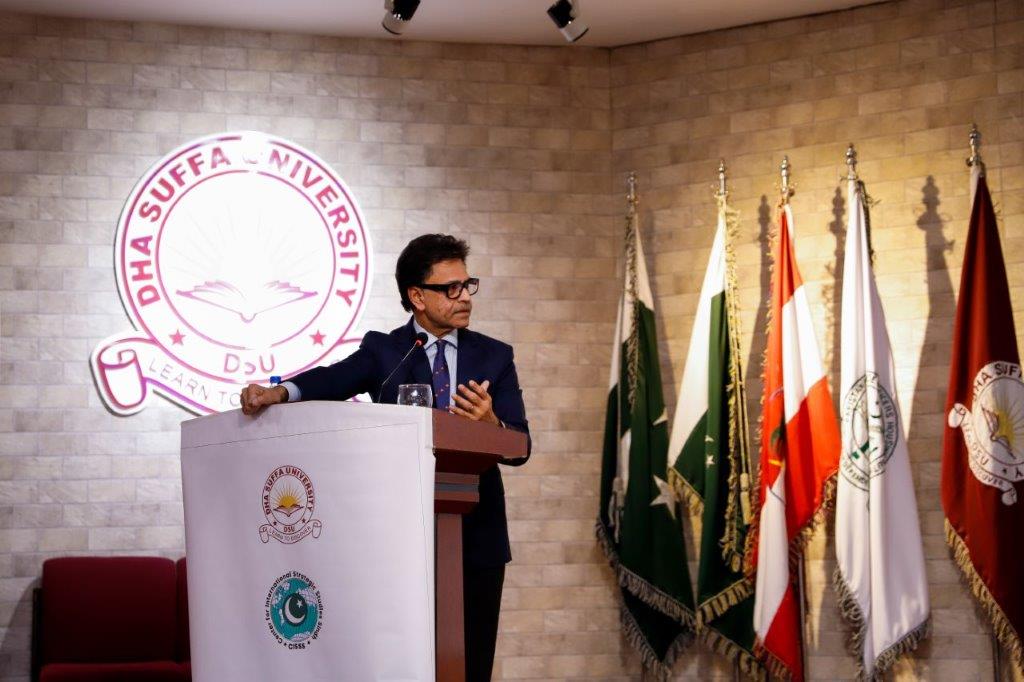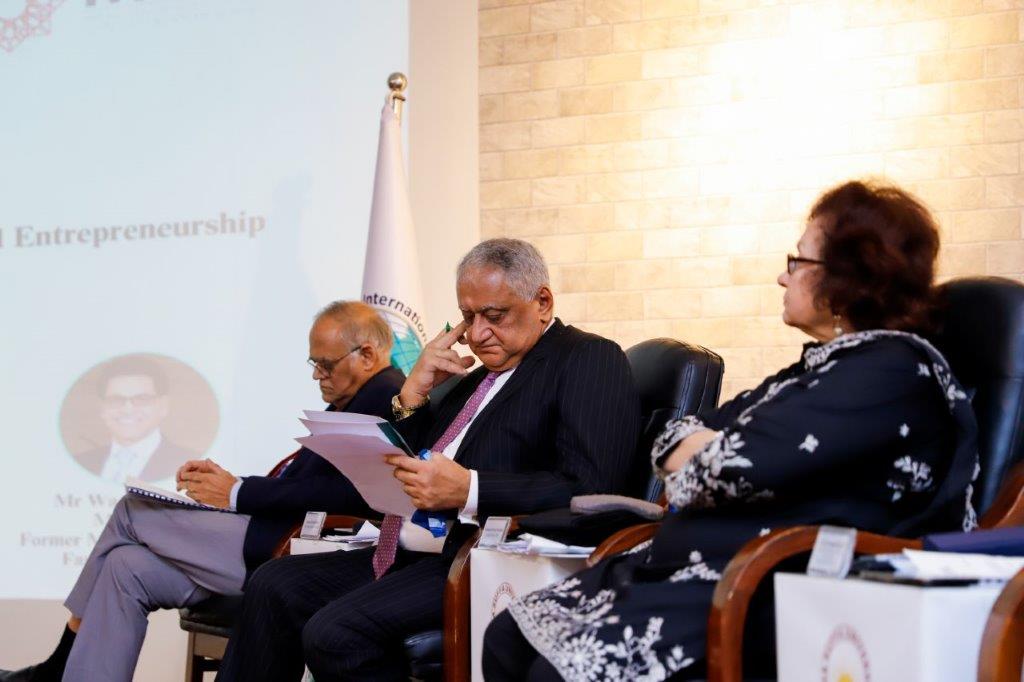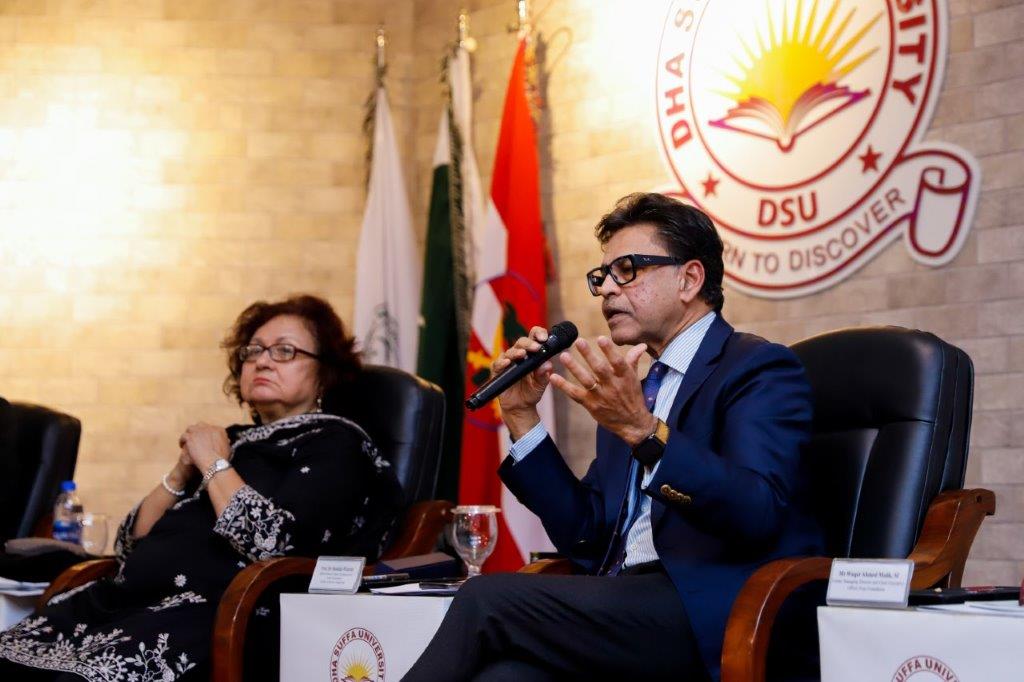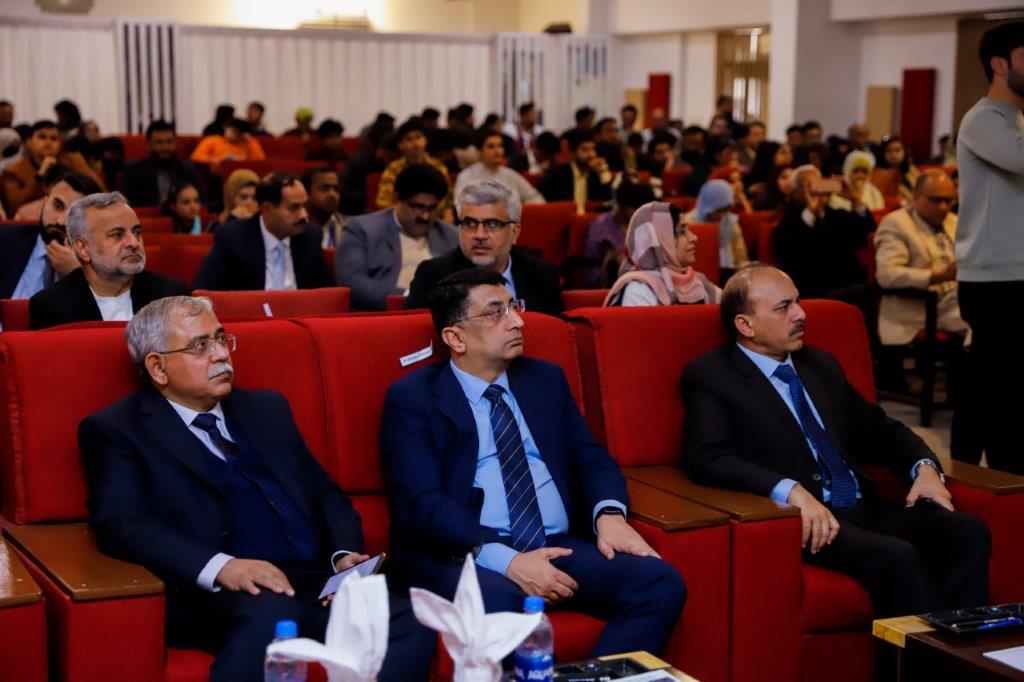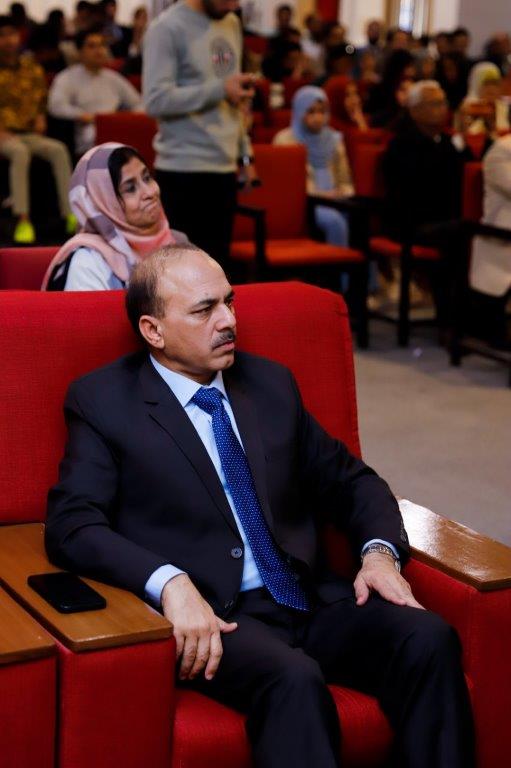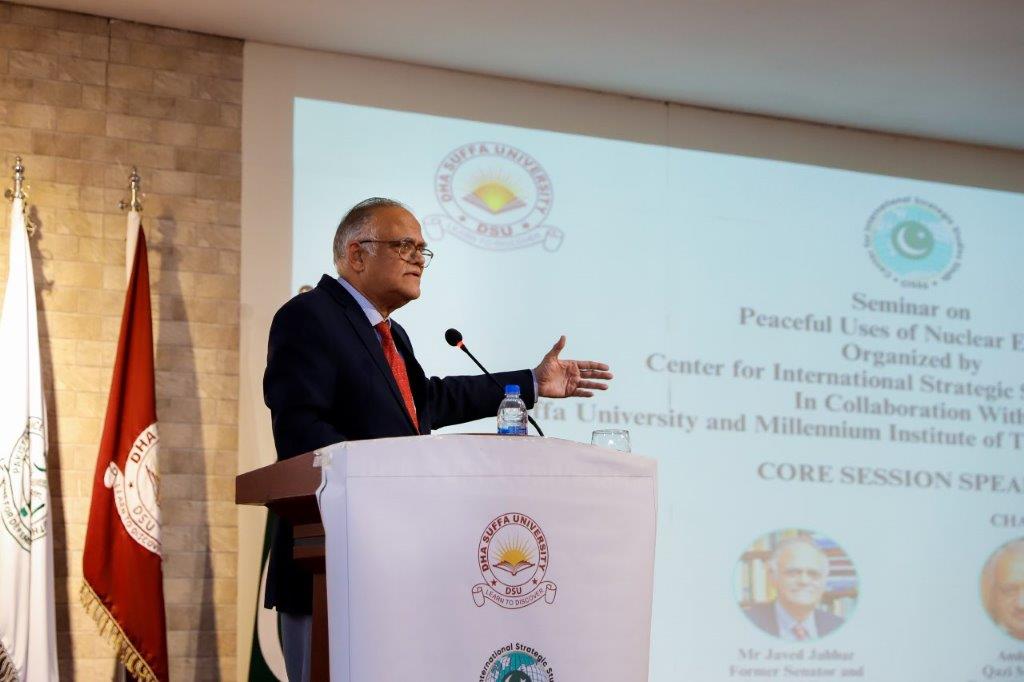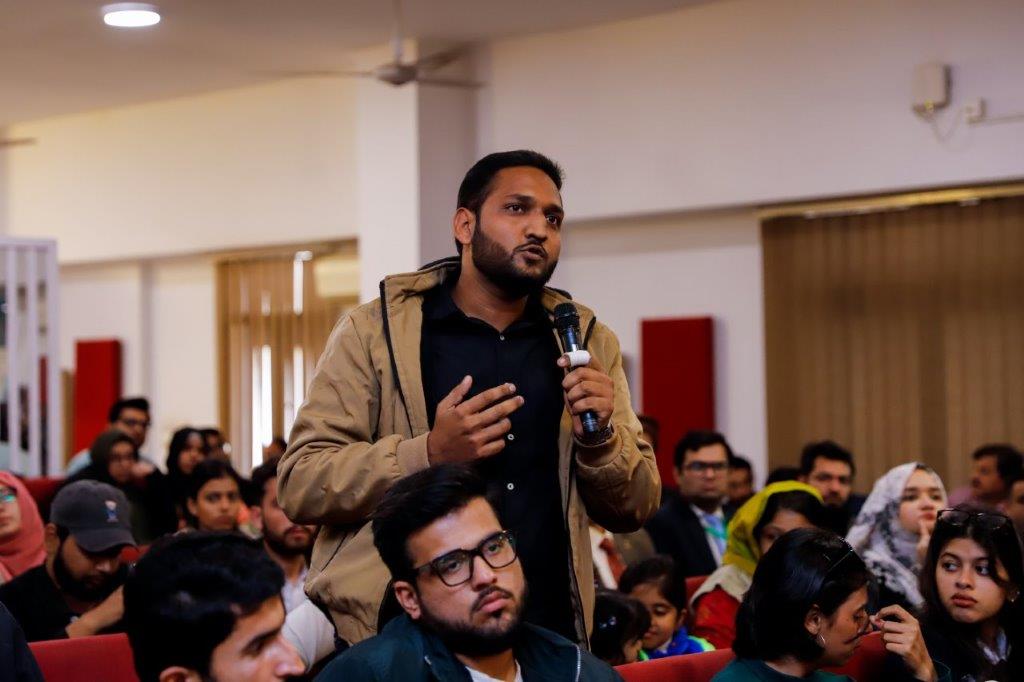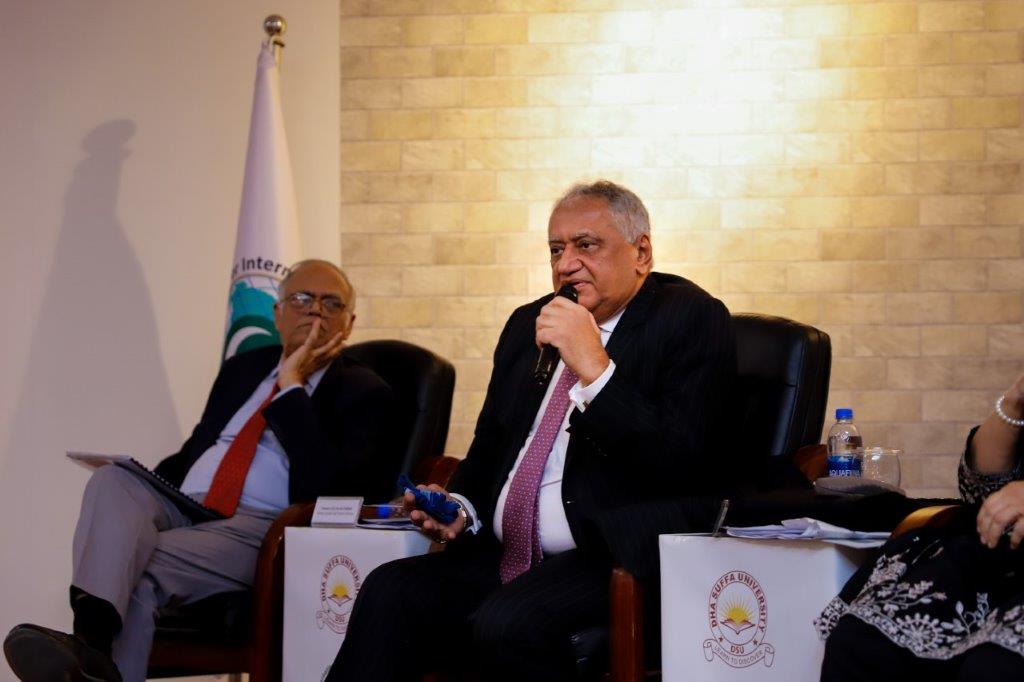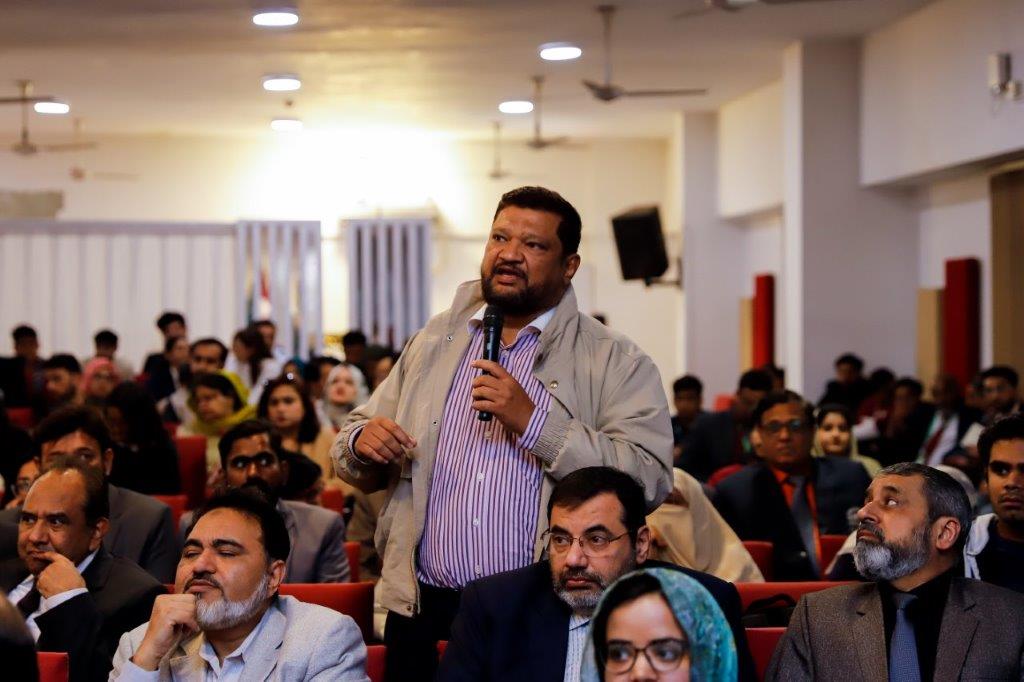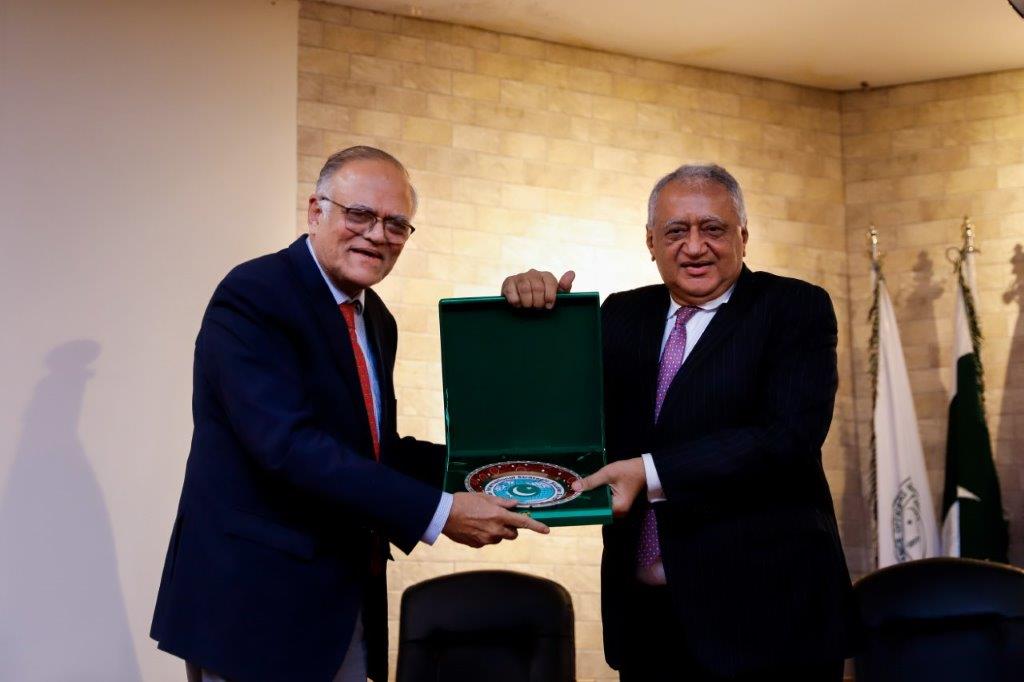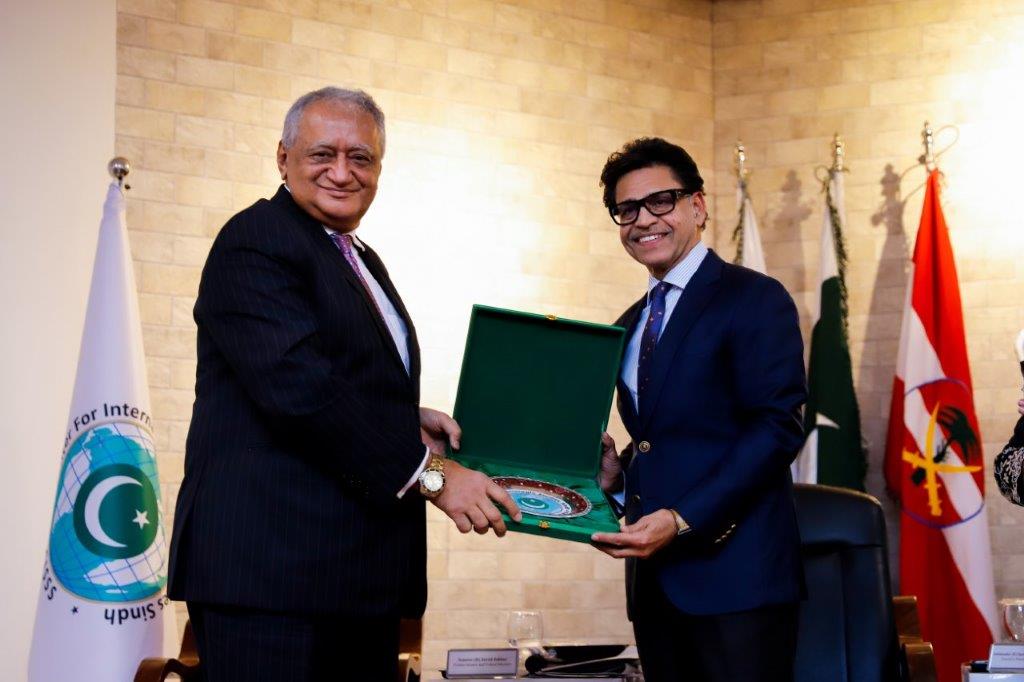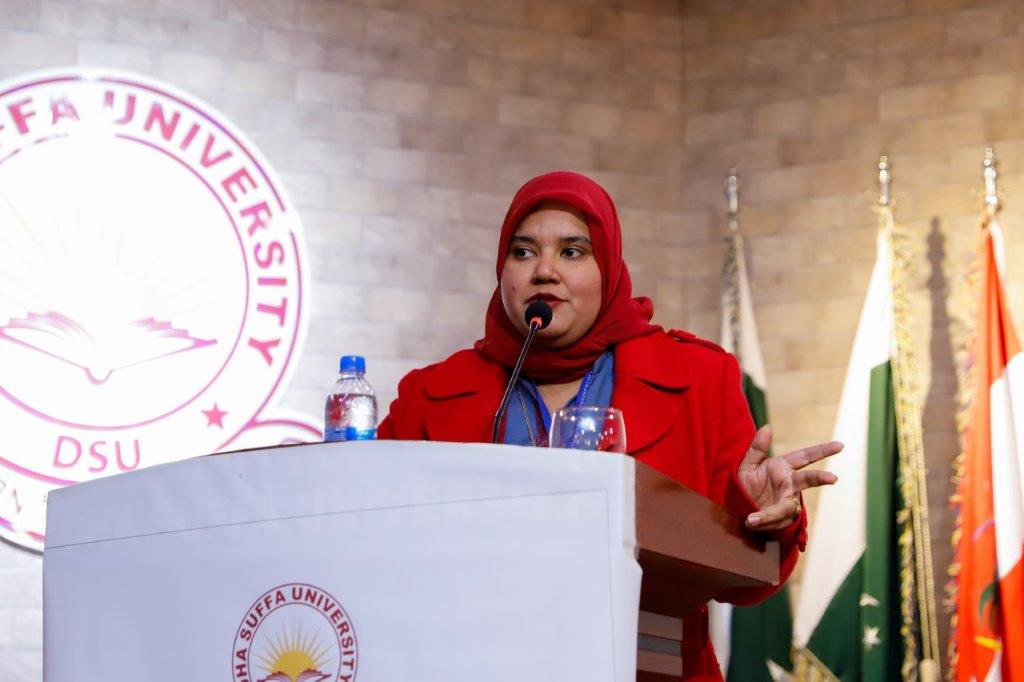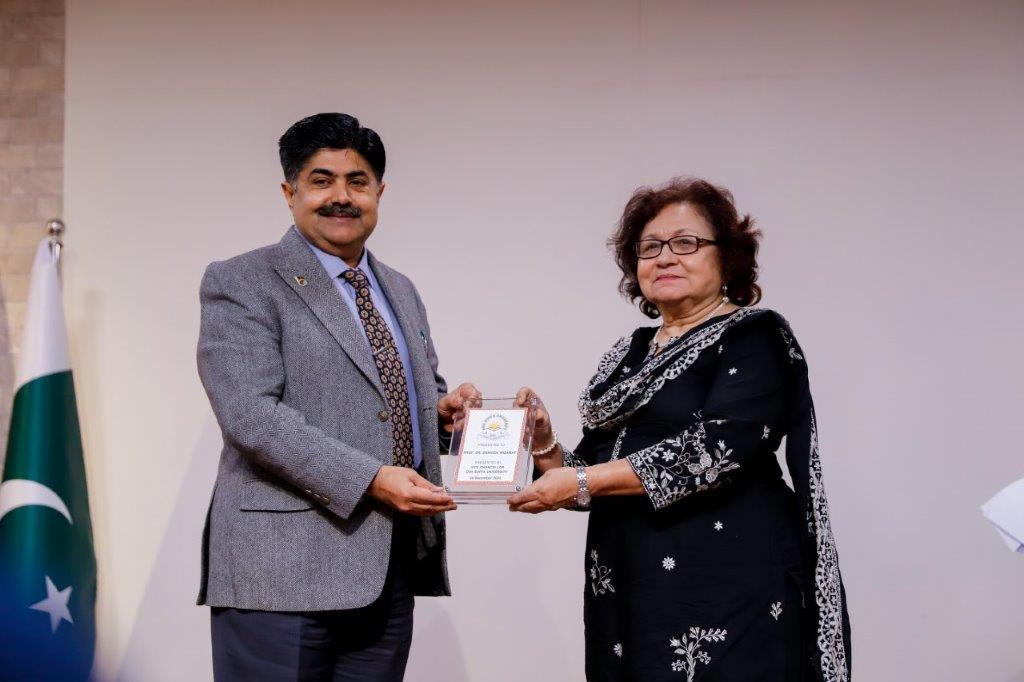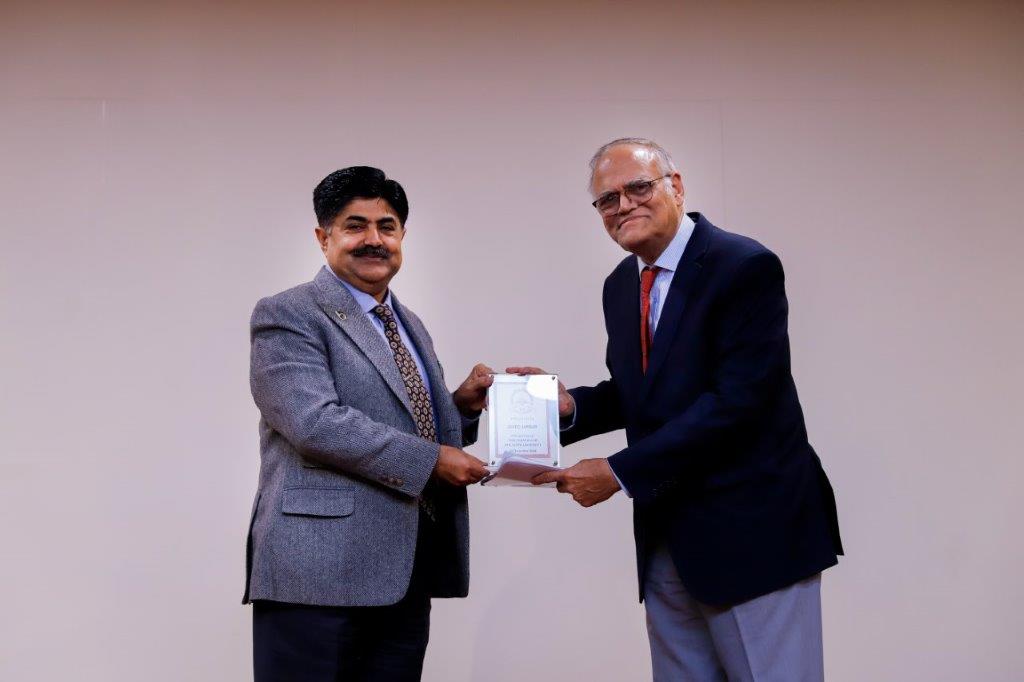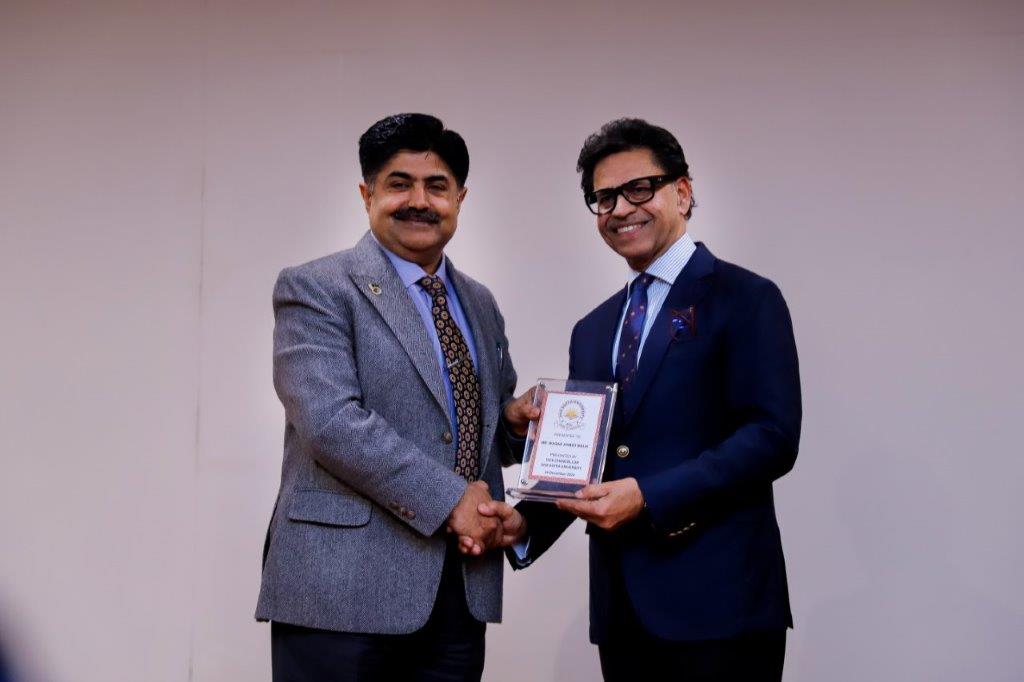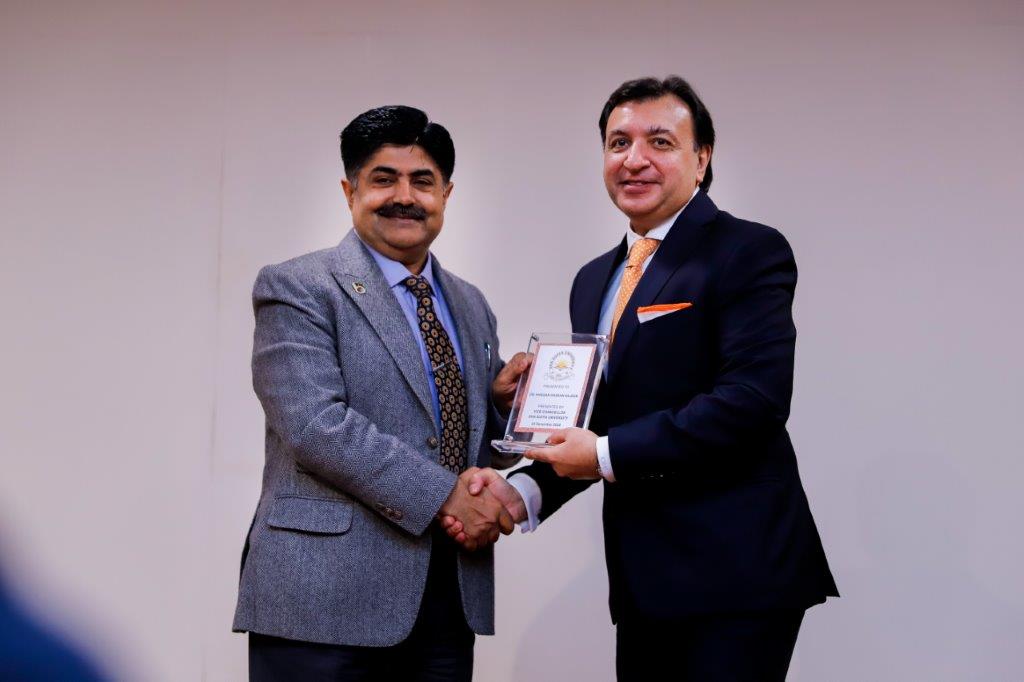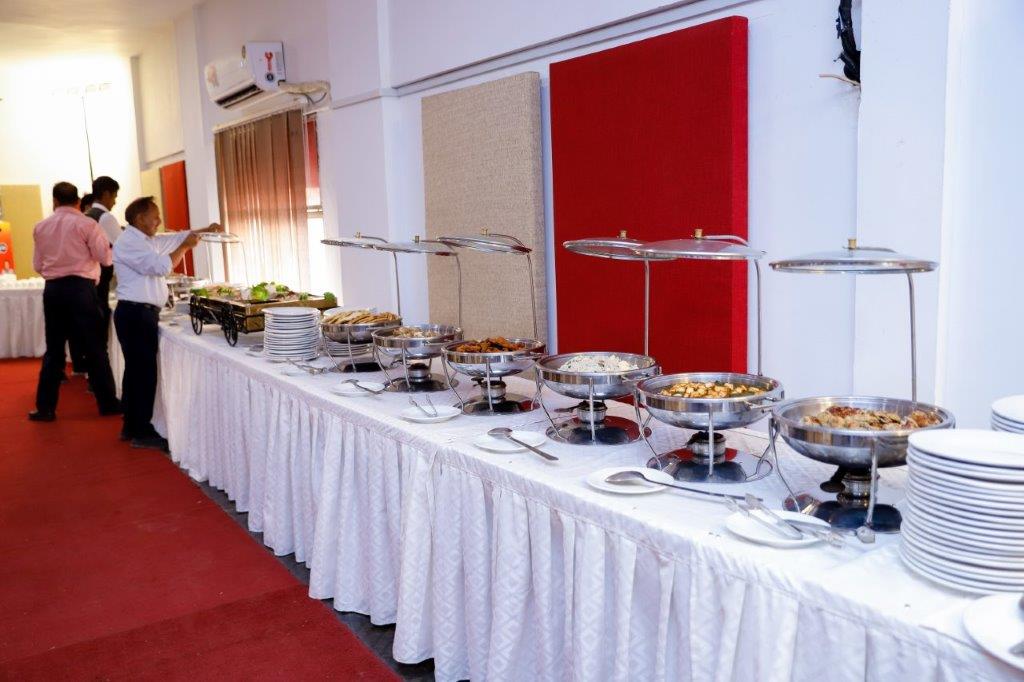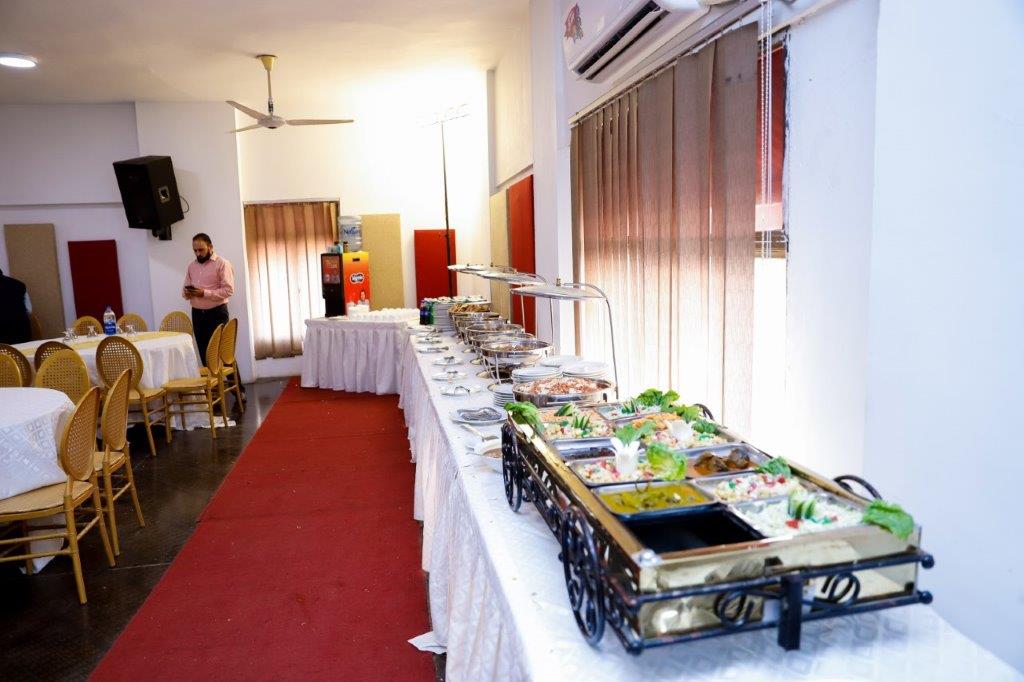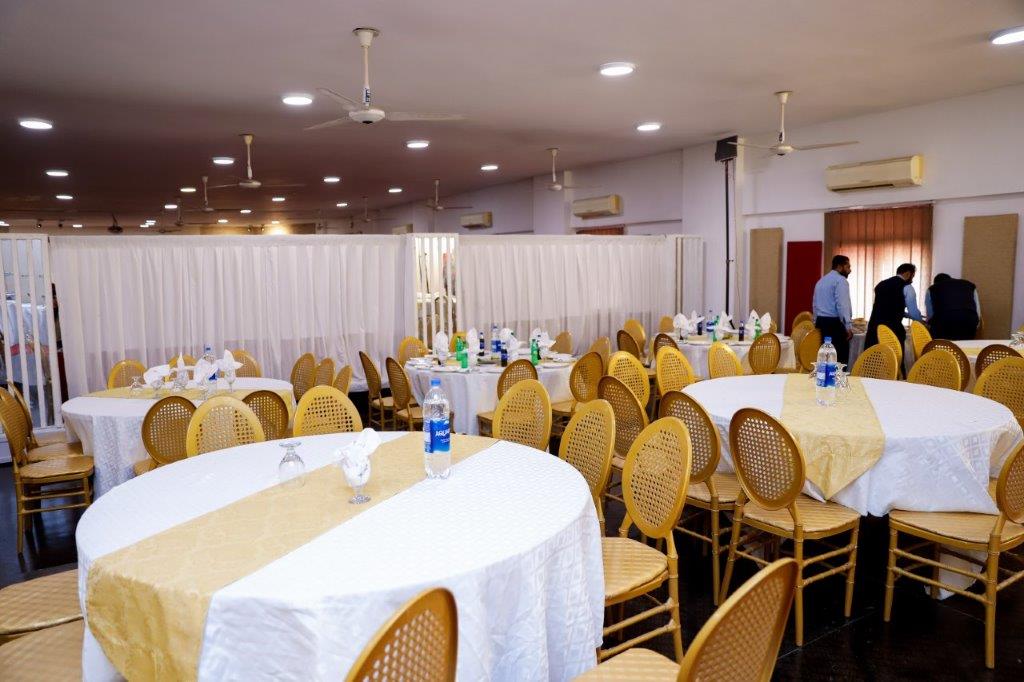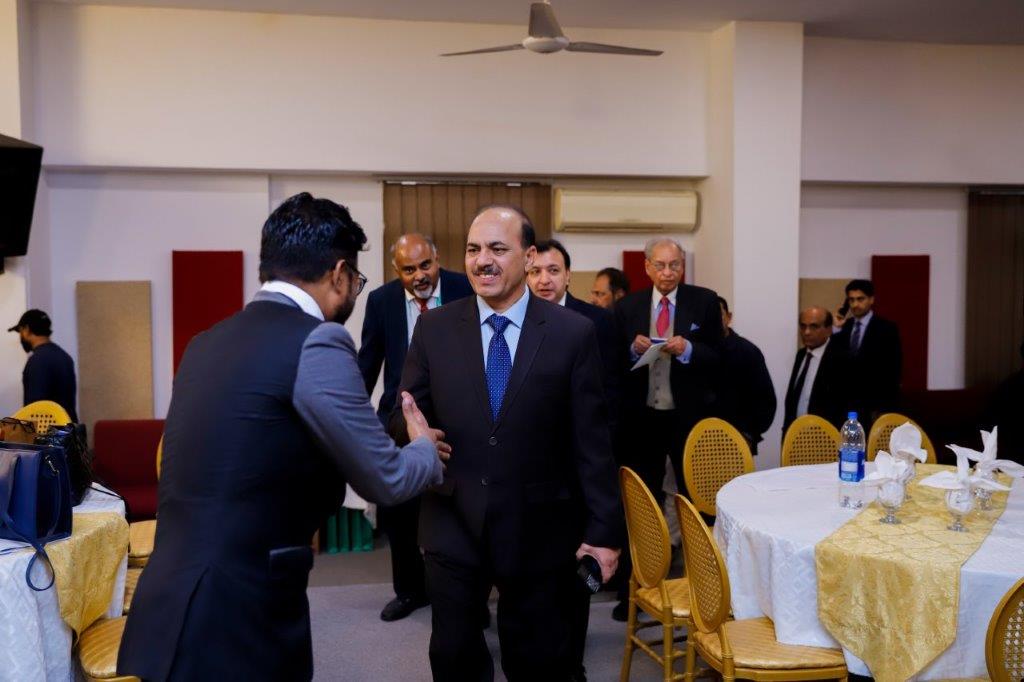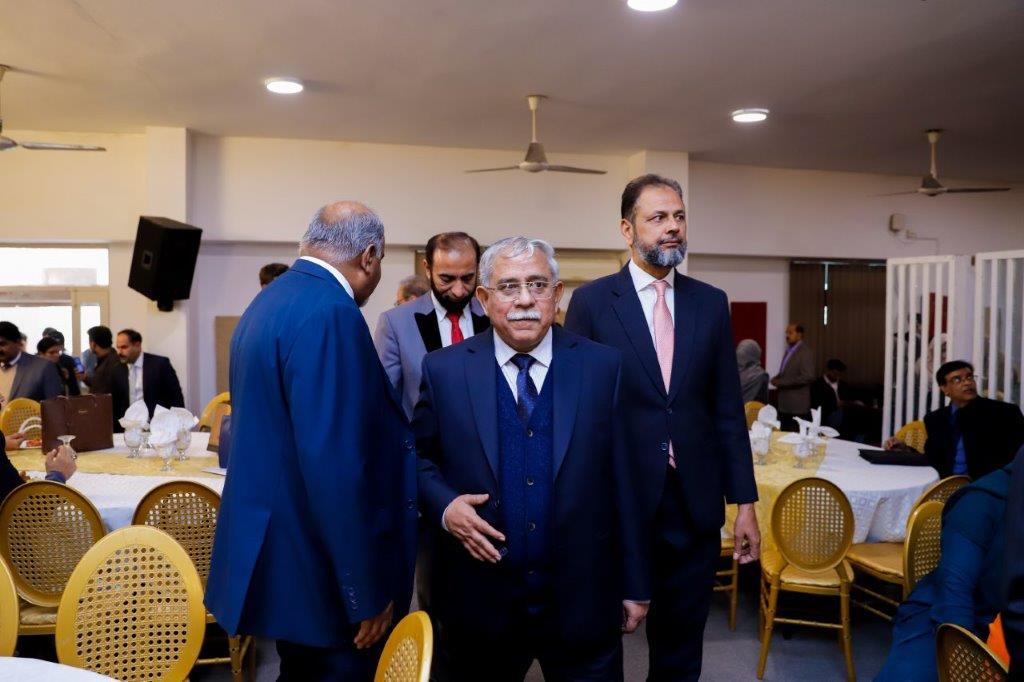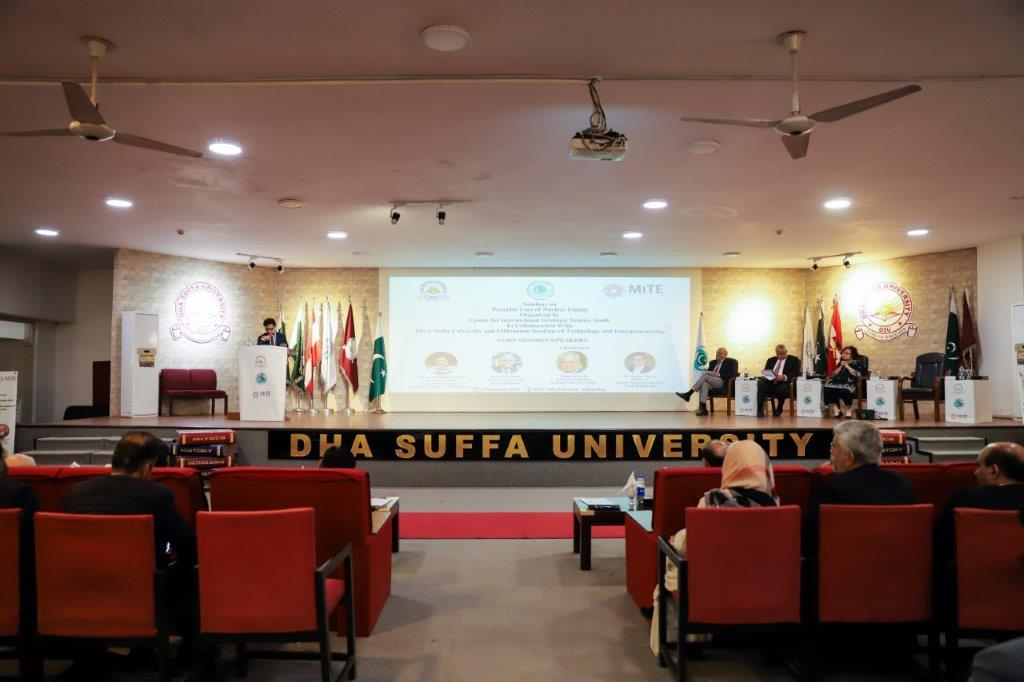
Chair’s Opening Remarks by Ambassador Qazi M. Khalilullah (R), Executive Director CISSS

Distinguished Speakers
Dear Guests,
Students,
Ladies and Gentlemen,
Assalam-o-Alaikum.
At the outset, let me convey our profound gratitude to Vice Chancellor DHA Suffa University Professor Dr Ahmed Saeed Minha and Rector MiTE Dr Huma Baqai for joining hands with our think tank Center for International Strategic Studies Sindh to organize this important Seminar on Peaceful Uses of Nuclear Energy. Thank you for accepting our invitation and taking time to be with us.
We have three eminent speakers in this session. They will dwell various uses of nuclear power including its economics in Pakistan and significance for industrial applications. However, before I offer floor to them, allow me to share my thoughts with you.
Pakistan embarked upon its nuclear programme over six decades ago for scientific research and peaceful applications. Since then, our nuclear programme has made significant contributions to socio-economic development of the country and welfare of the people of Pakistan. However, the potential that nuclear energy offers for the future is enormous.
Pakistan’s six nuclear power plants being operated by Pakistan Atomic Energy Commission contributed about 18% nuclear power to Pakistan’s energy mix in 2023-24.
Pakistan is operating all of its civil nuclear power reactors under IAEA safeguards. We are maintaining excellent standards of nuclear safety and security – a fact duly recognized by the IAEA.
This brings me to the Objectives of this Seminar, which include the following: To highlight the achievements of Pakistan’s peaceful nuclear energy program and its significance for Pakistan’s socio-economic development, climate change mitigation, achievement of the United Nations Sustainable Development Goals 7 and 13 which relate to Affordable & Clean Energy and Climate Action respectively, and to underscore the urgency for implementation of Pakistan’s Nuclear Energy Vision 2050 for ensuring energy security.
At the global level there is growing support for using nuclear power to reduce carbon emissions in response to concerns about climate change.
According to an IAEA pamphlet, a chicken egg sized amount of uranium fuel would provide more than enough power consumed by a person in his or her lifetime. In comparison, 88 tons of coal would be needed to produce the same amount of energy.
That is why for the first time in history, nuclear energy was on the agenda of the 28th World Climate Summit Conference of Parties (COP28) held in UAE in December 2023. At the Summit, the “Declaration of Triple Nuclear Energy” was signed by 22 countries including the US, France, the UK, Japan, Bulgaria, Canada, Finland, Czech Republic, Ghana, Hungary, Moldova, Republic of Korea, Mongolia, Morocco, Poland, Netherlands, Romania, Slovakia, Slovenia, Ukraine, Sweden and UAE, recognizing that nuclear energy will play a critical role in achieving net-zero global greenhouse gas emissions by 2050. These countries therefore agreed to triple their nuclear energy capacity by 2050.
At COP29 held in Baku last month, 31 countries recognized the key role of nuclear energy in achieving net-zero carbon emissions and made a commitment to triple their nuclear capacity by 2050.
Currently there are 32 countries operating 440 NPPs providing about 390,000 MWe to the global energy mix. In 2023, nuclear power accounted for 9.2% of total global electricity production.
According to some reports including of World Nuclear Association, 65 nuclear reactors are under construction globally and 87 reactors are at planning stage.
According to an IAEA Report, while Building National Position for Nuclear Power Programs, the following four elements may be kept in view:
i. Overly high dependence on foreign fuel supplies potentially subjects a State to supply disruptions and, at times, volatile fluctuations in energy prices. Fluctuations in fossil fuel prices for geopolitical reasons in several major exporting regions, have motivated many countries to pursue supply diversification strategies.
ii. High dependence on one primary energy source for electricity generation can result in power shortages if problems arise with that energy source, for example, hydropower in times of extreme drought.
iii. A reliable and affordable electricity supply is of crucial importance for socio-economic and industrial development.
iv. It is becoming increasingly important for countries to consider the environment when developing national energy strategies.
For these reasons, it is important to implement Pakistan’s Nuclear Energy Vision 2050, which aims to produce 40,000 MWe and contribute at least 25% to the country’s energy mix.
Let me conclude by mentioning that Small Modular Reactors (SMRs) technology is the leading trend in nuclear power generation. Compared to traditional large NPPs, SMRs are compact and relatively simpler energy generation units.
Microreactors, a sub-class of SMRs, with power generation capacities ranging from 1 to 10 MWe, offer viable energy solutions to remote areas and sites such as data centers, university campuses and health facilities.
SMRs can therefore offer a solution for establishing charging stations across Pakistan as we embark on a journey to implement Pakistan’s National EV Policy which aims to shift 30% of all new vehicles to electric by 2030, and 90% by 2040.
Thank you.







